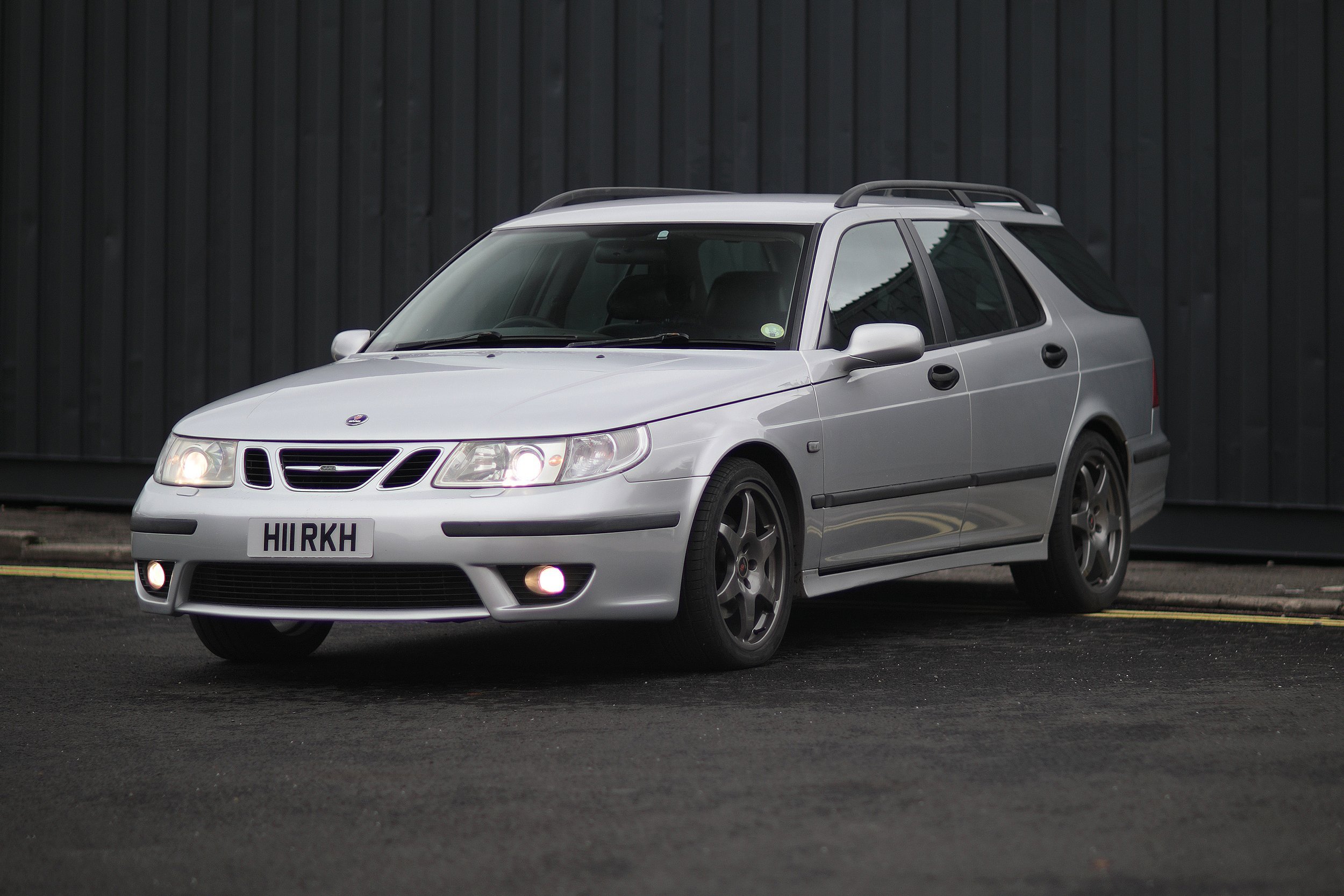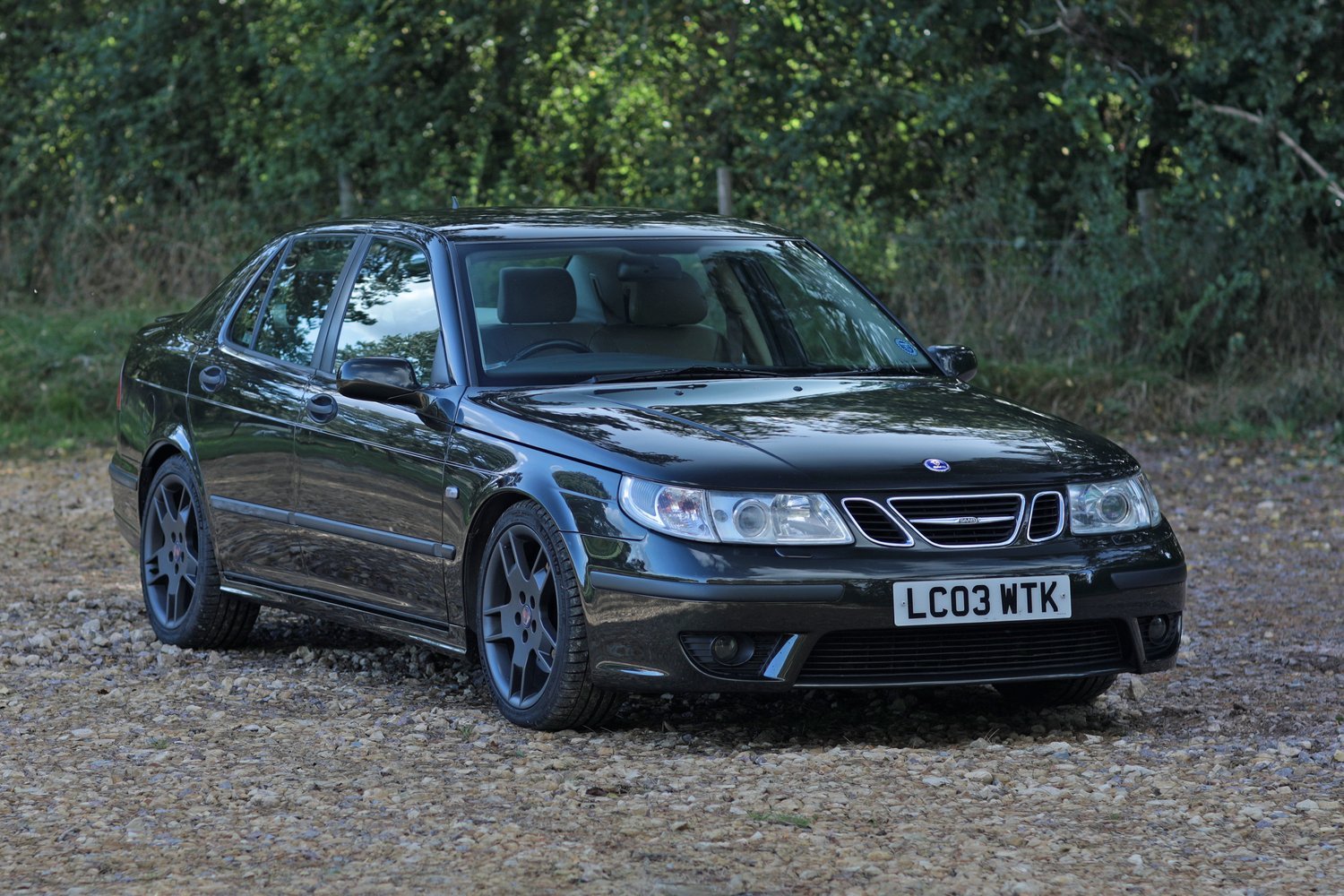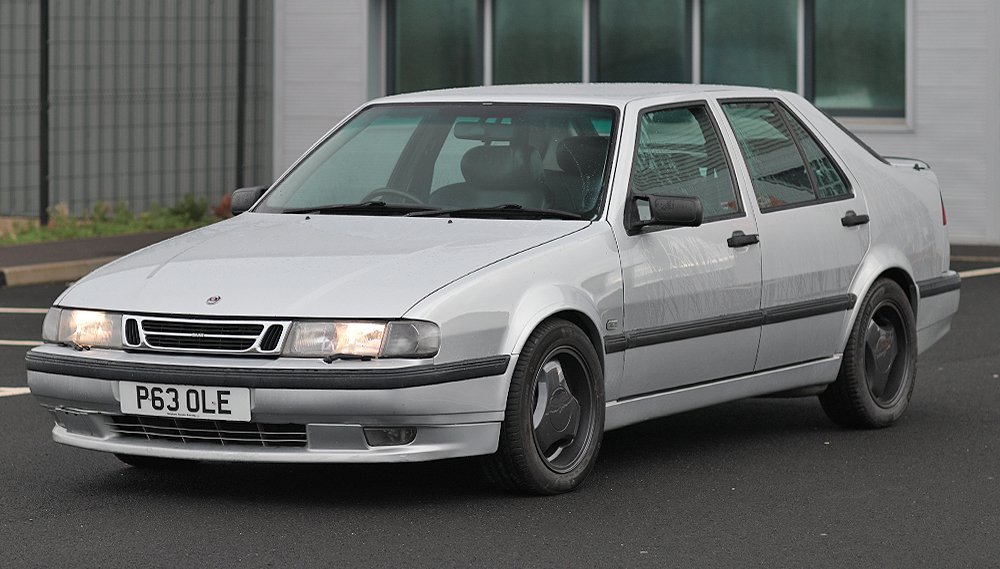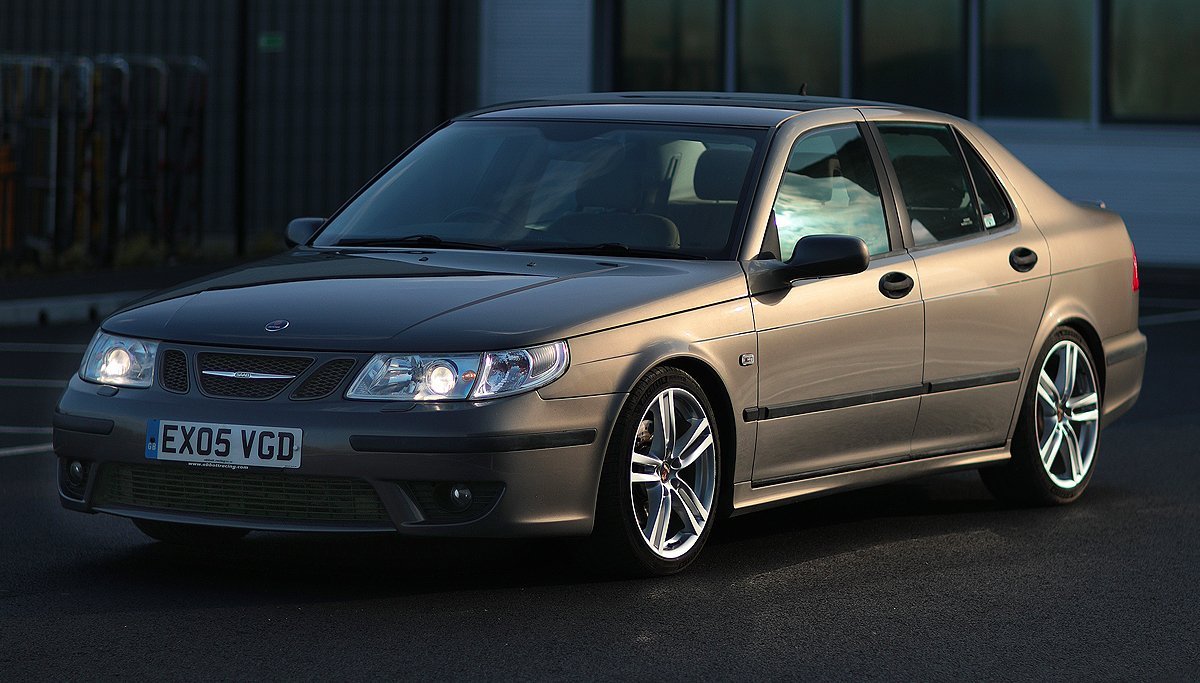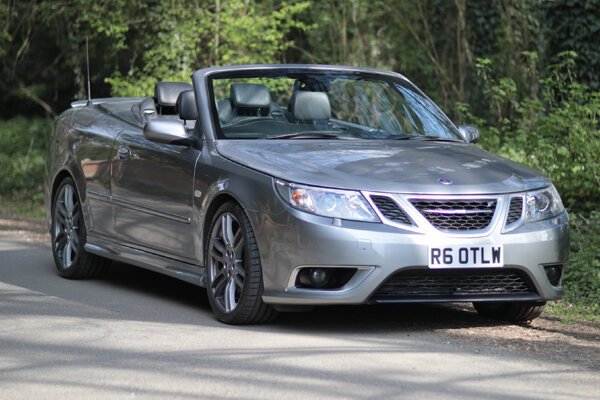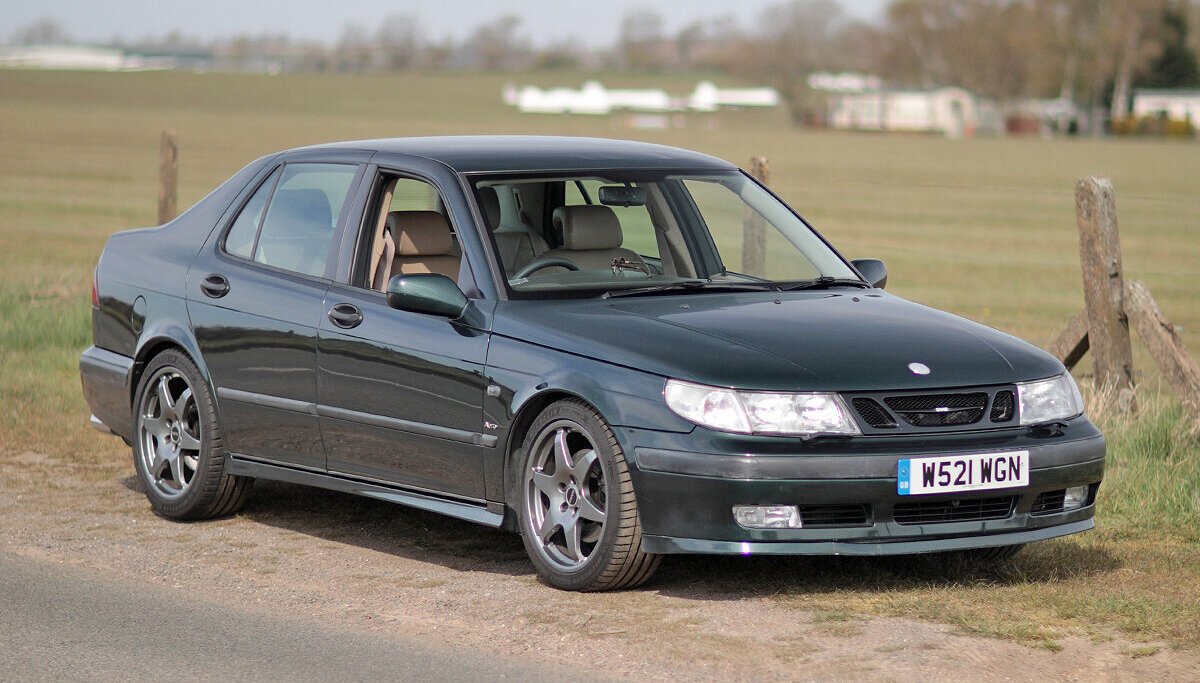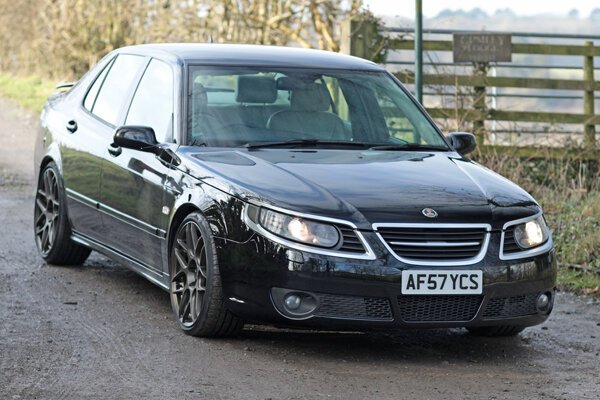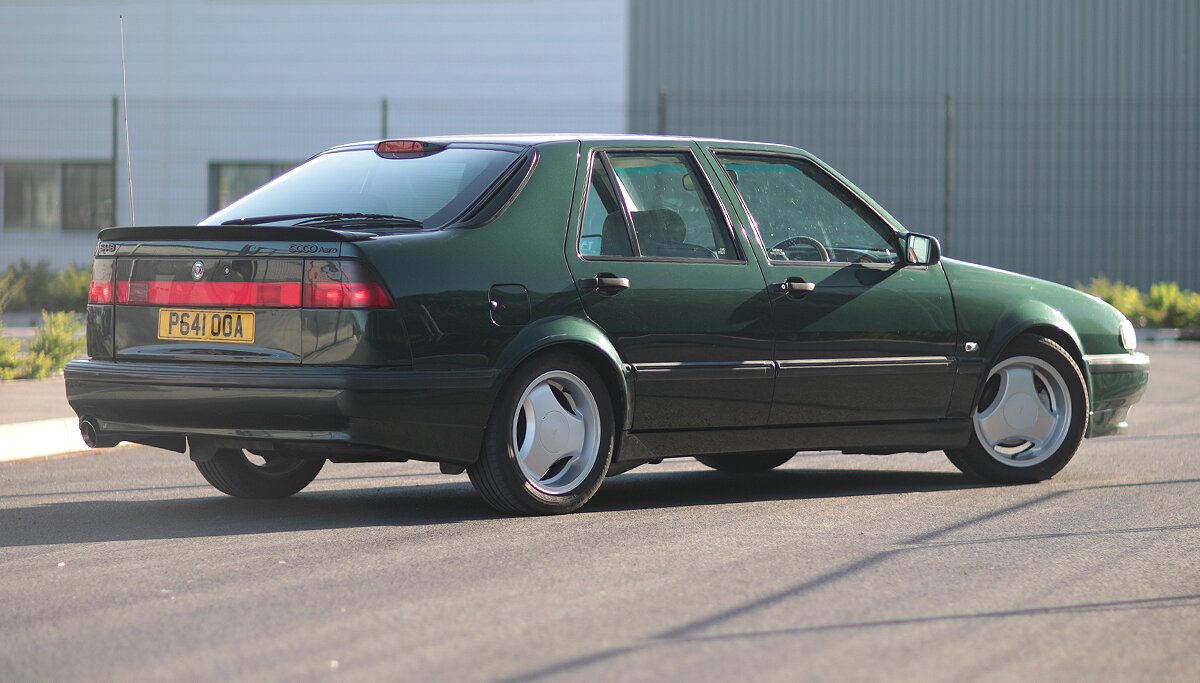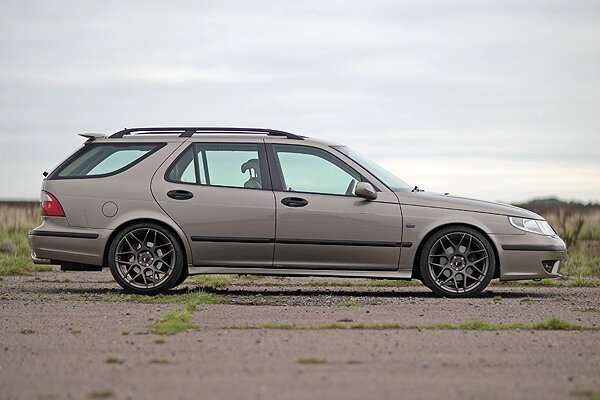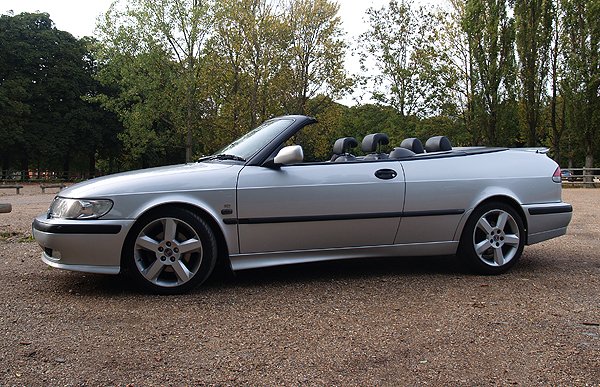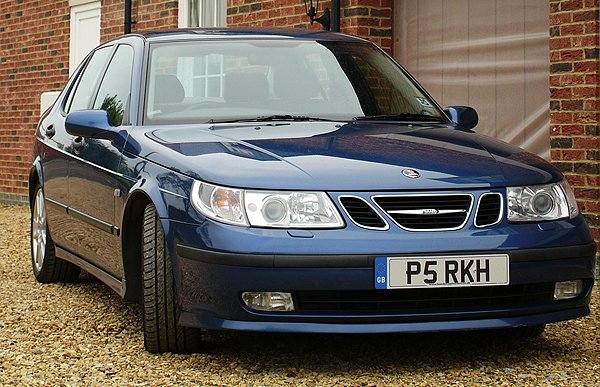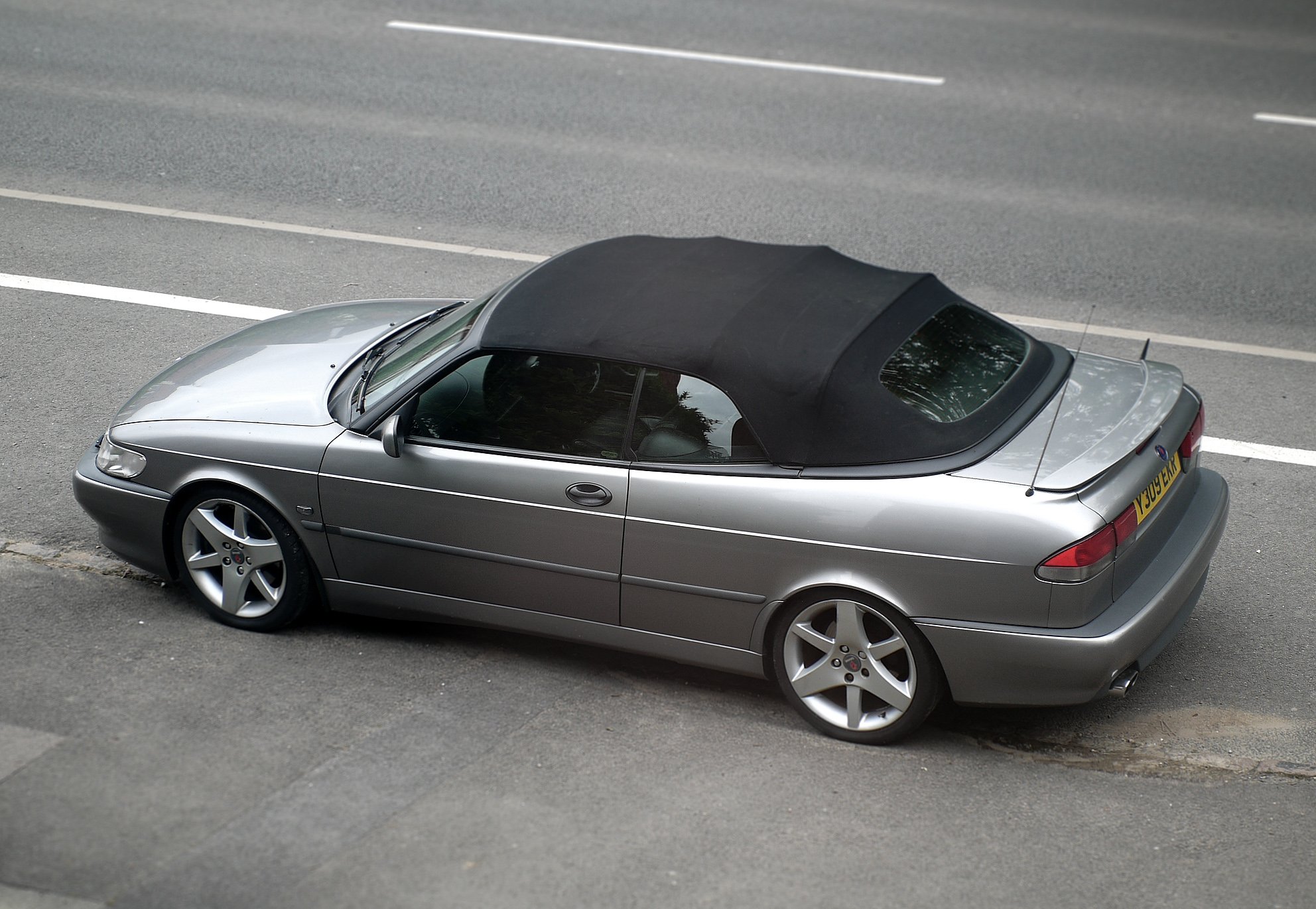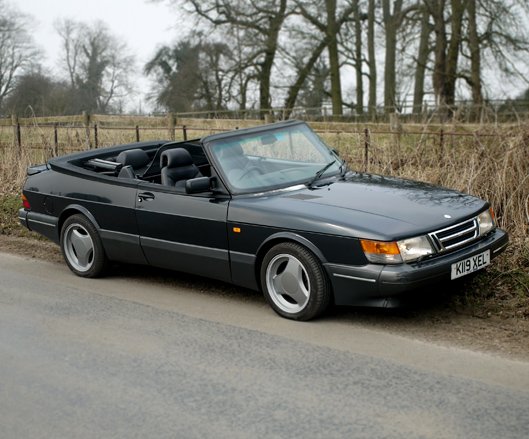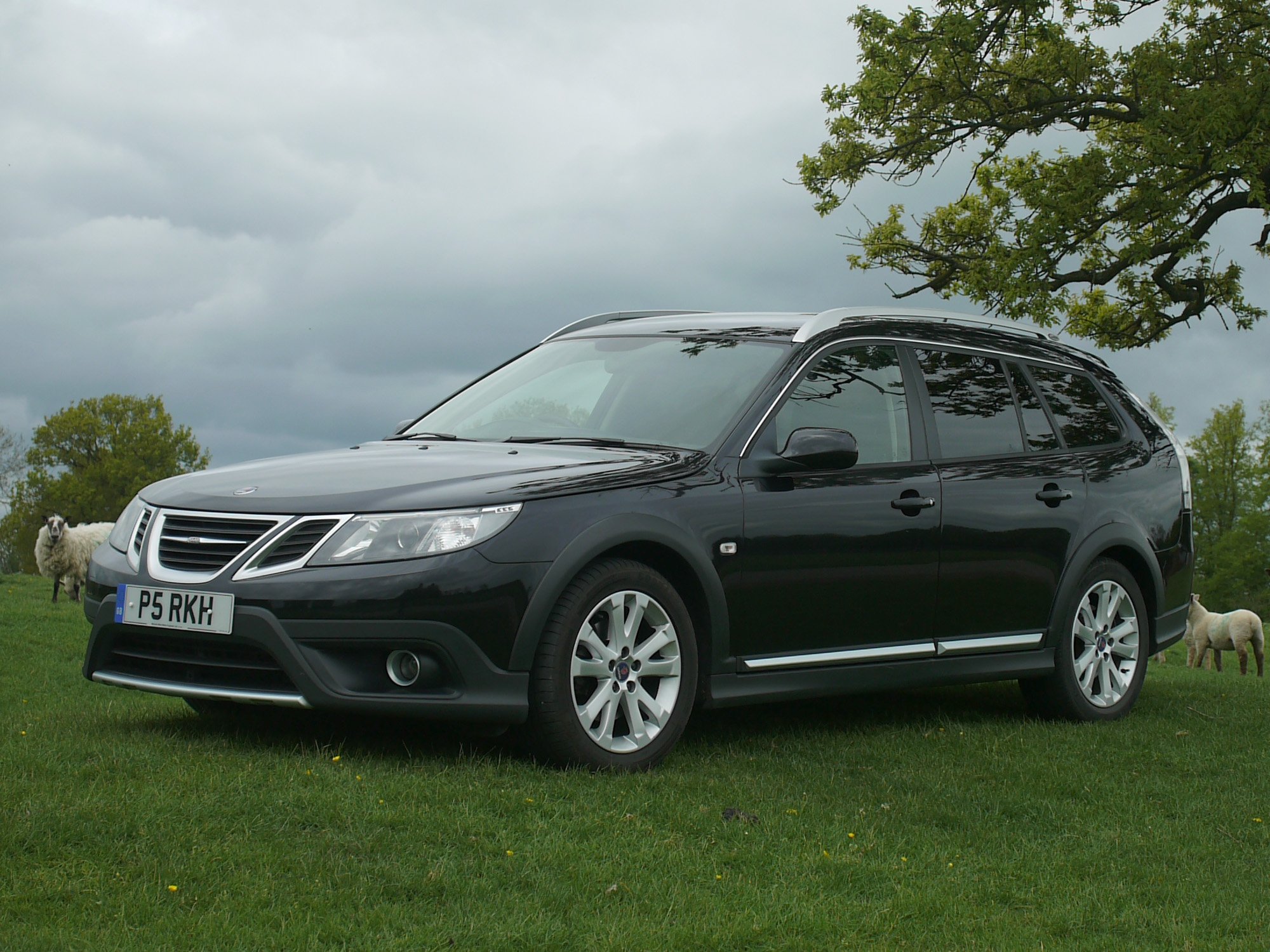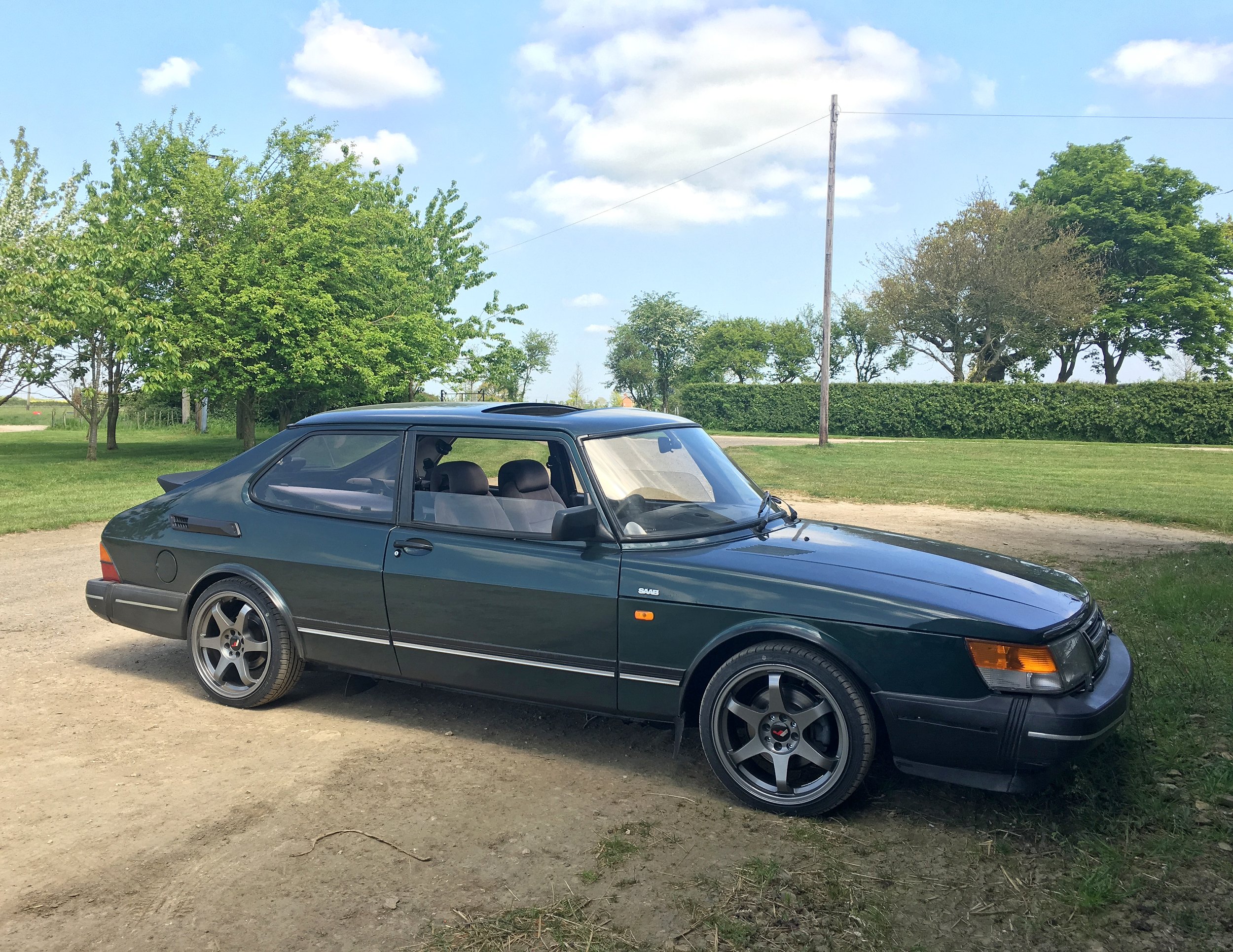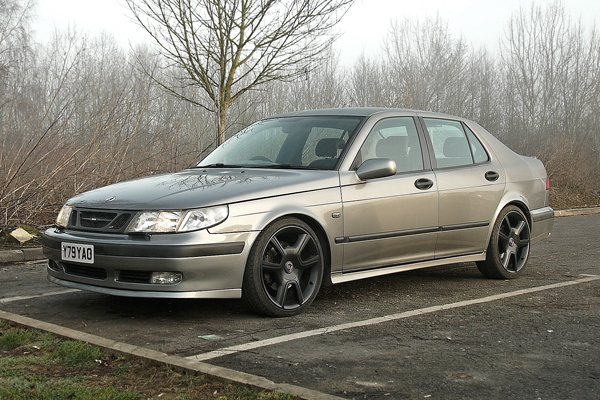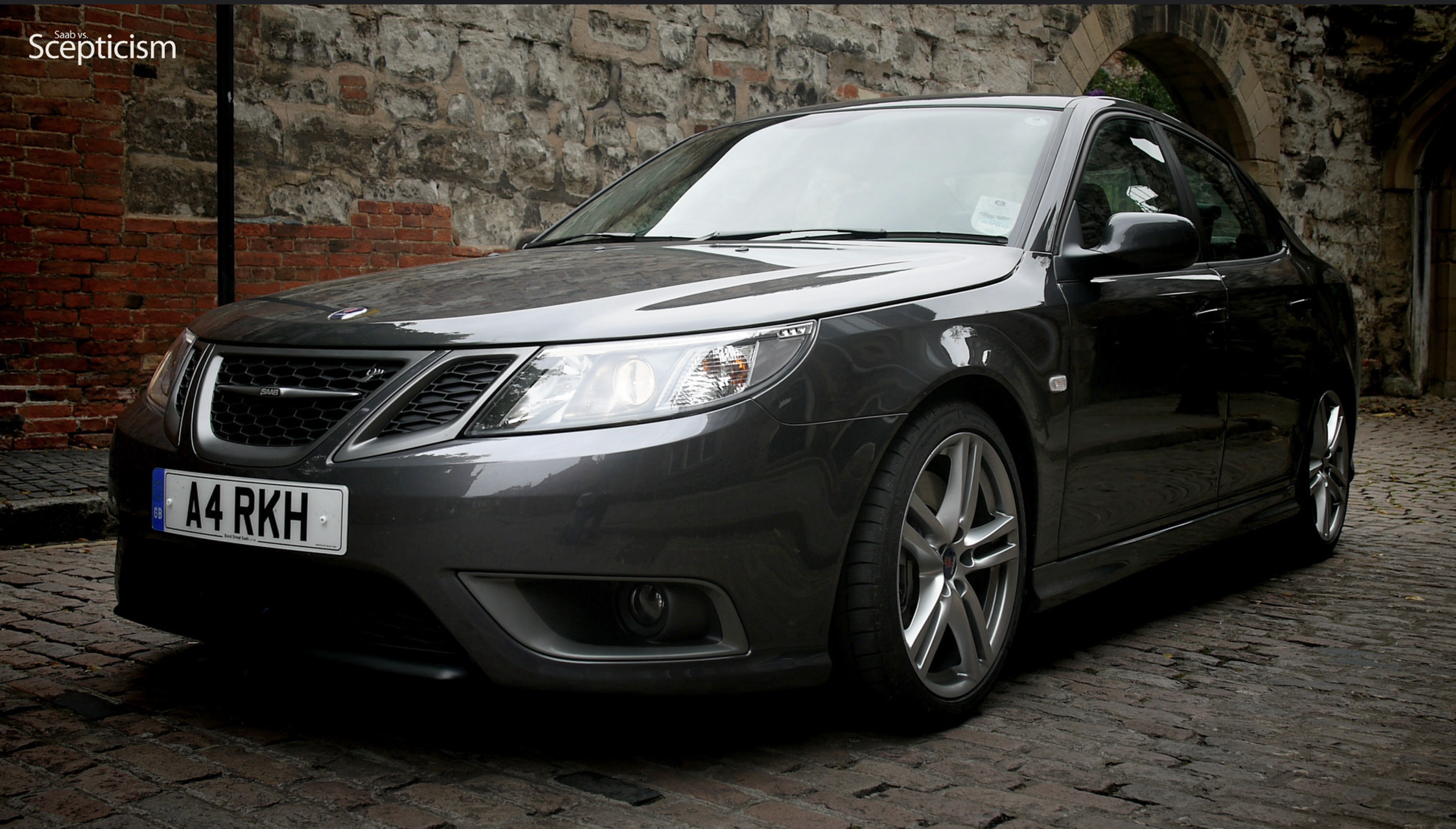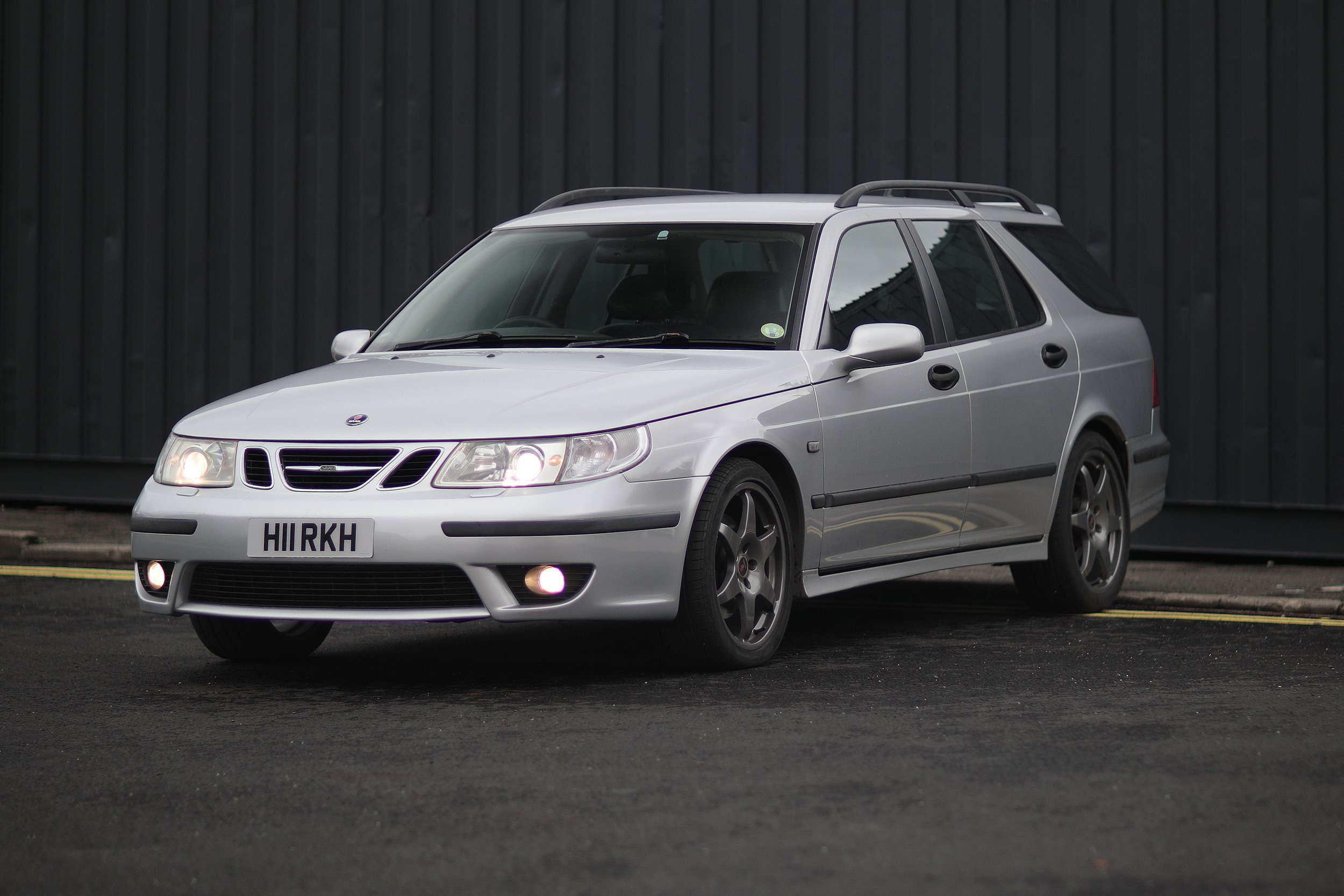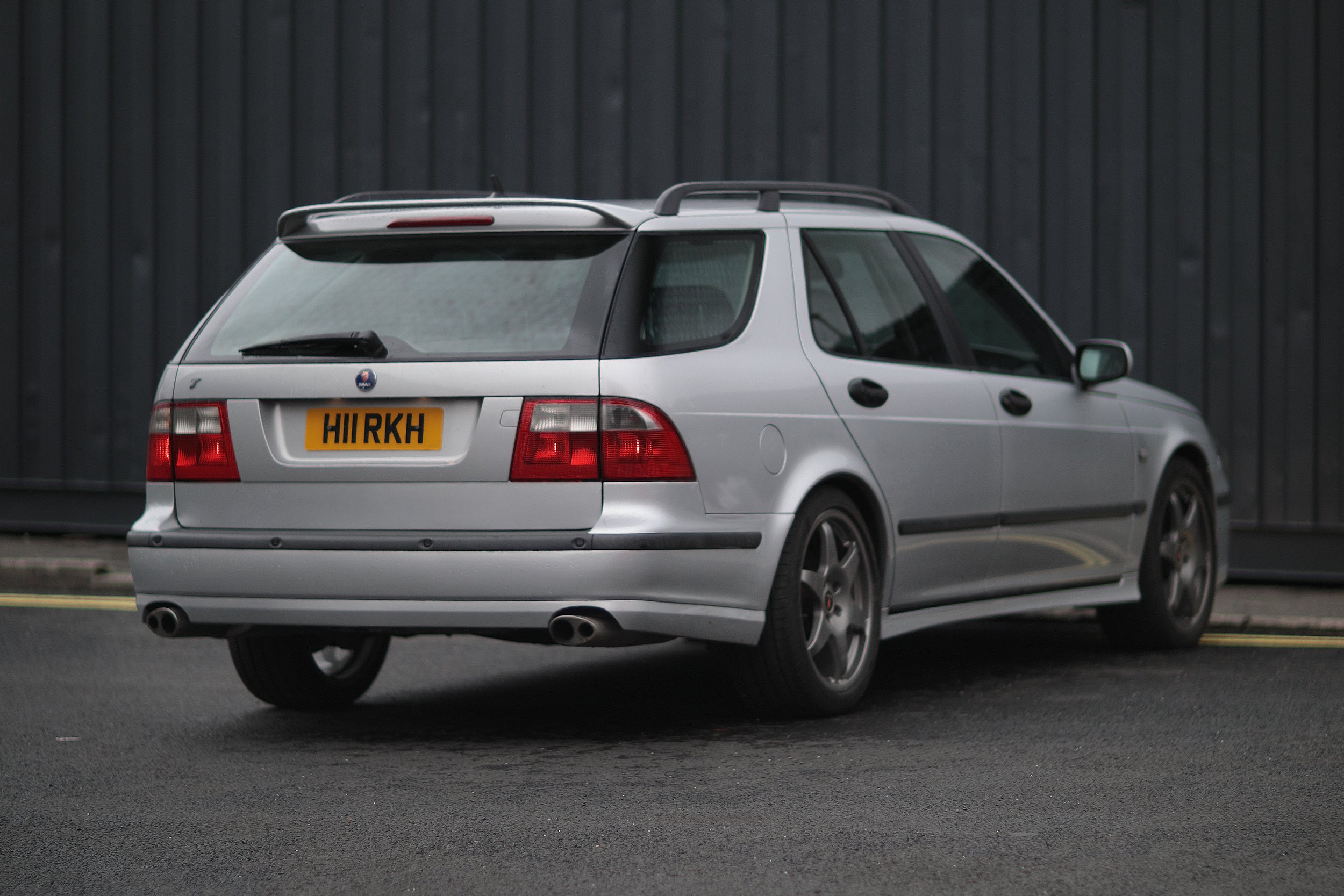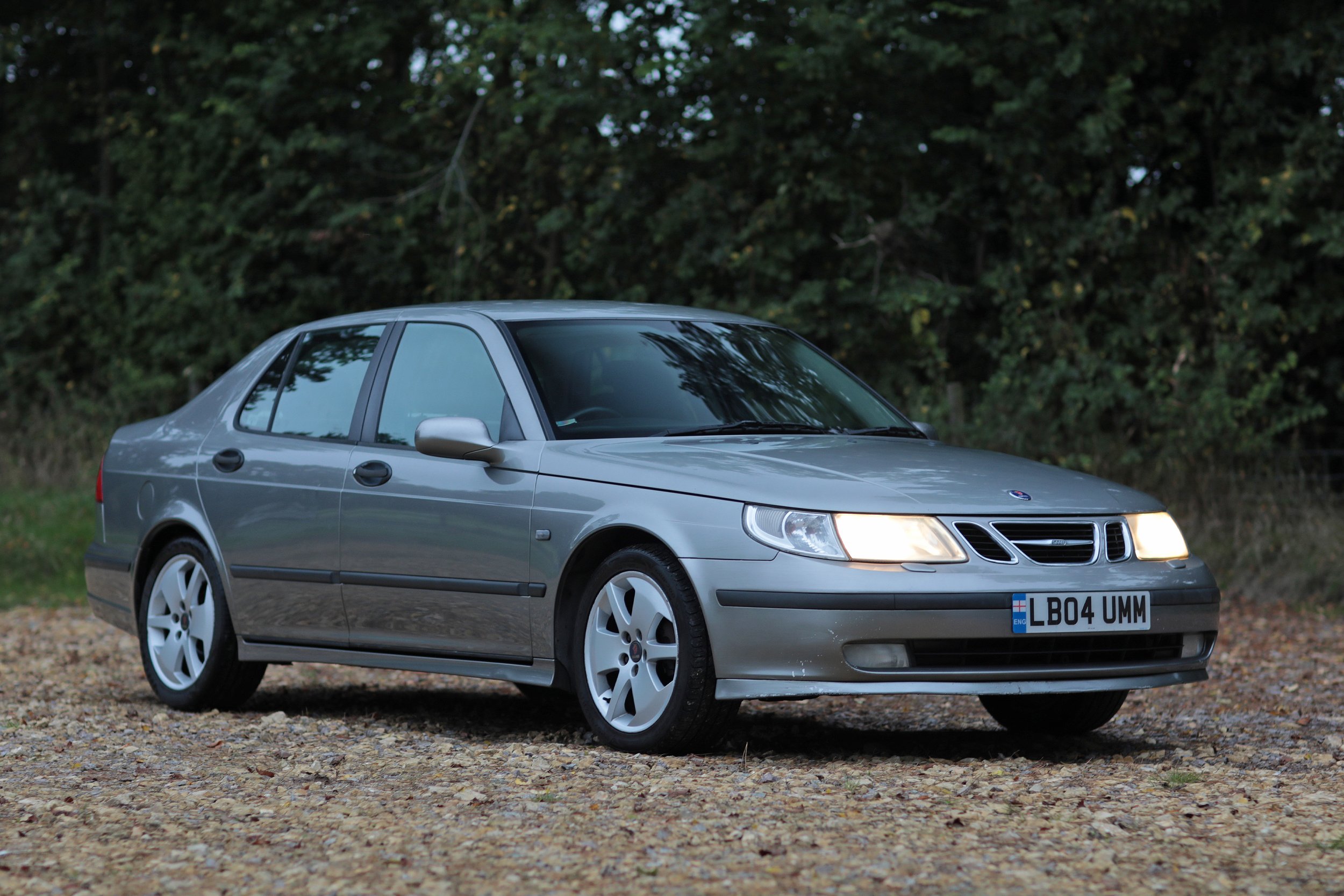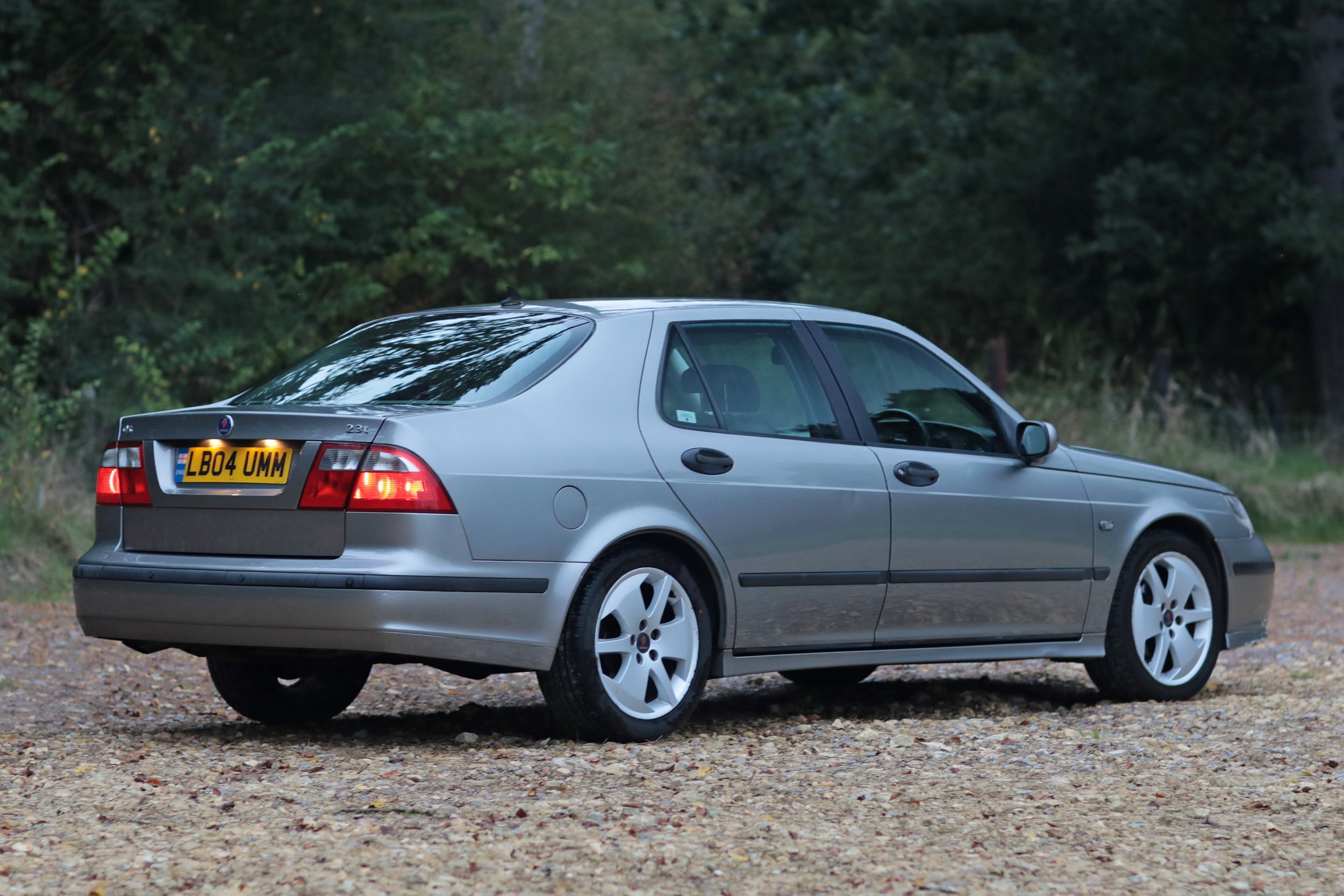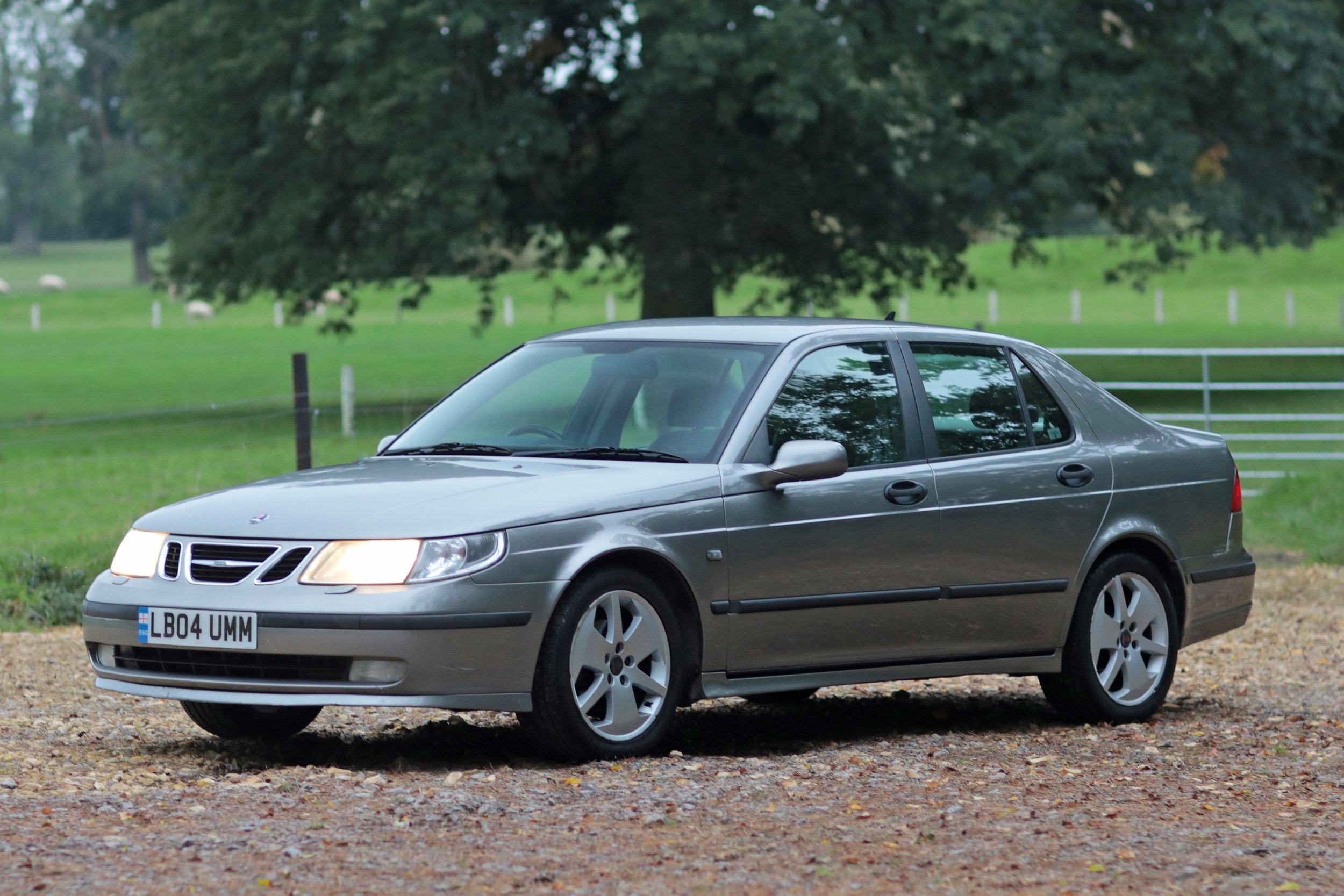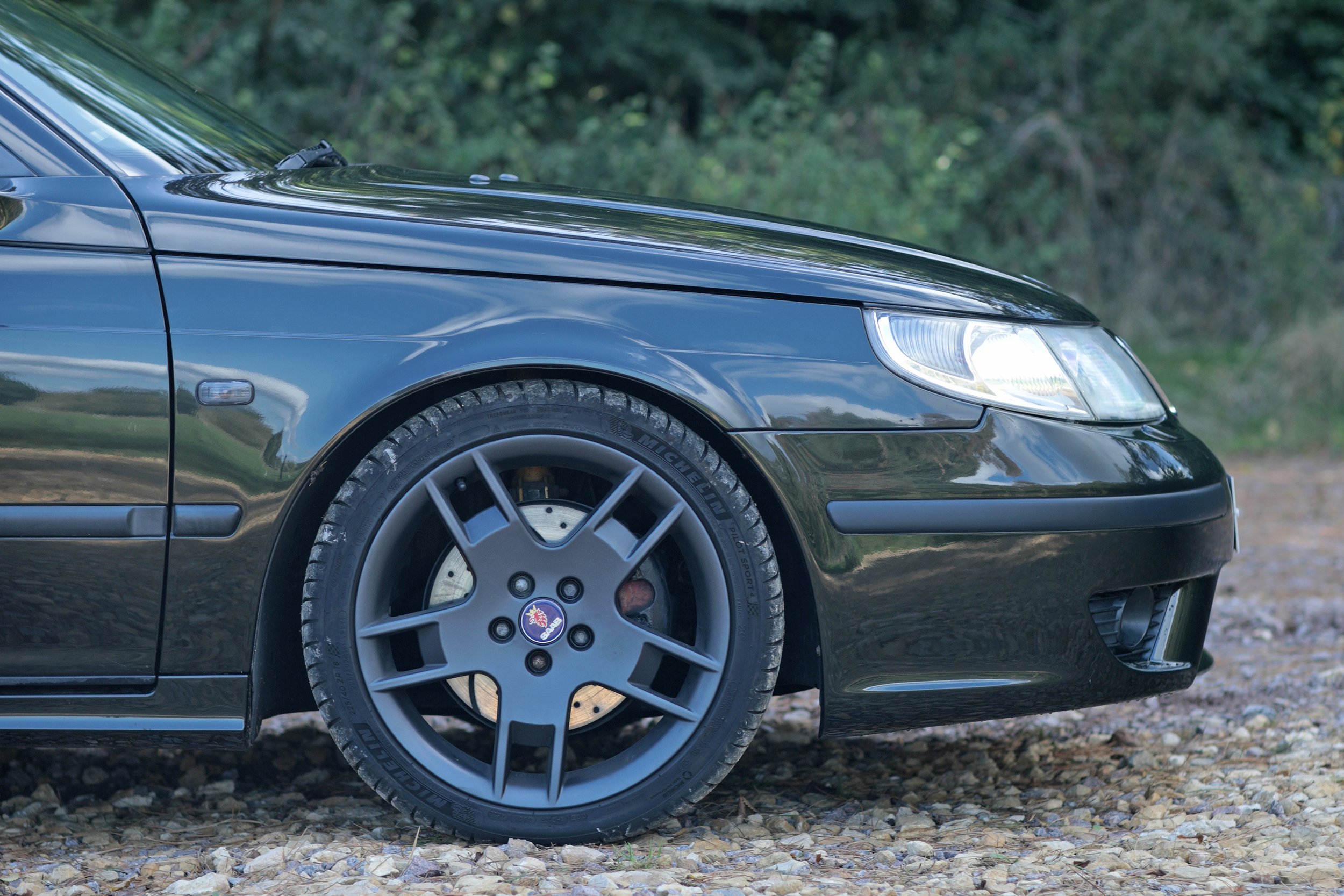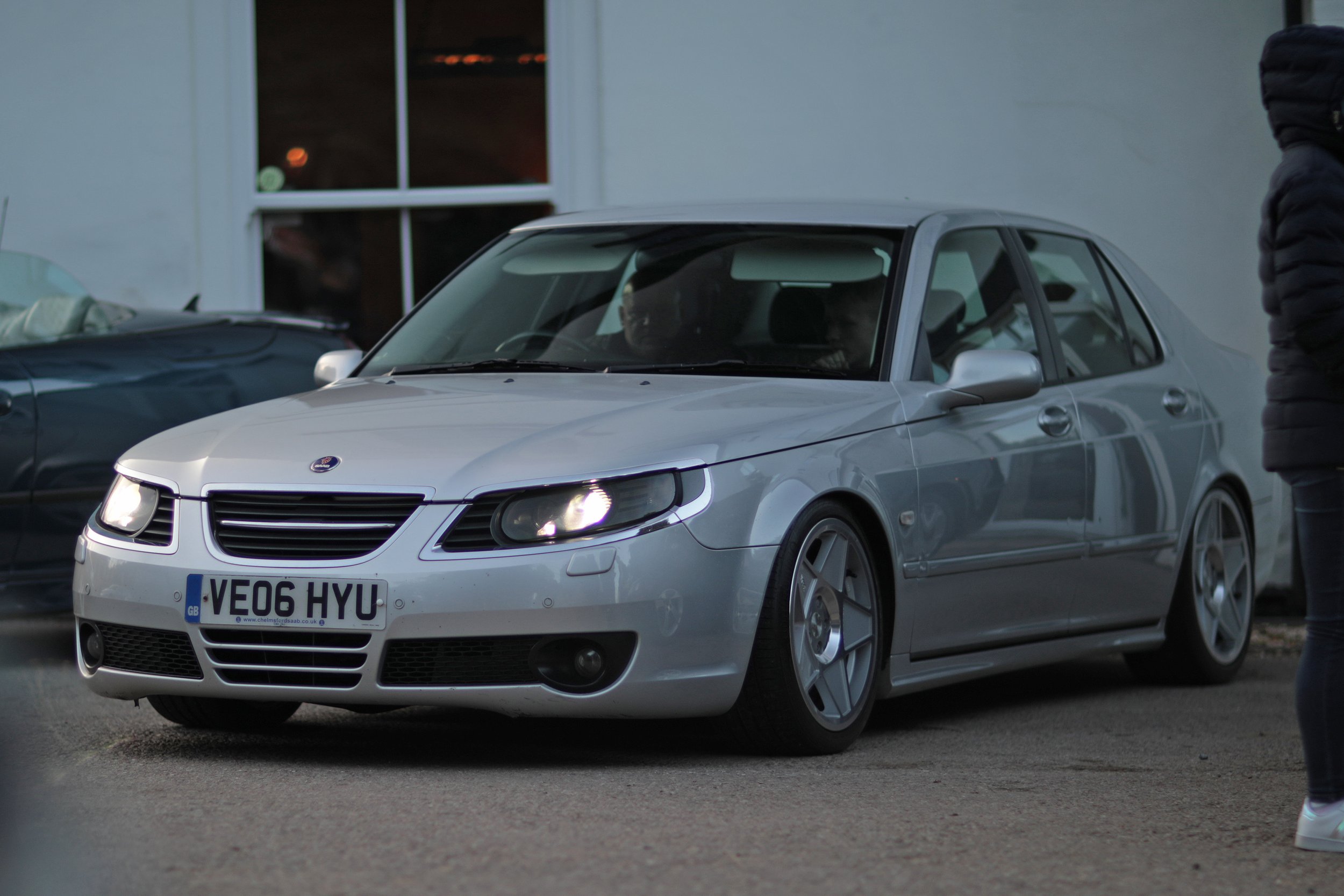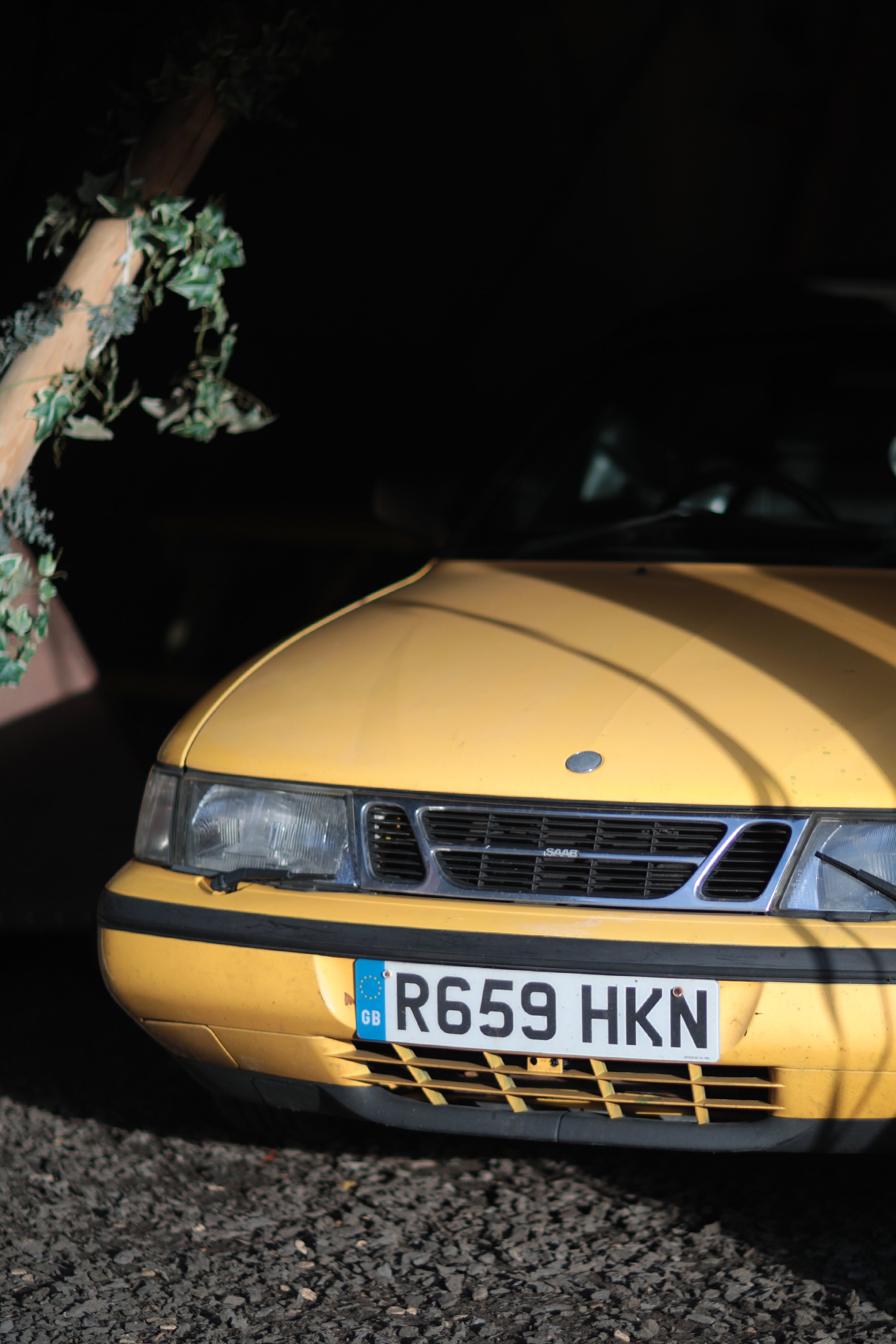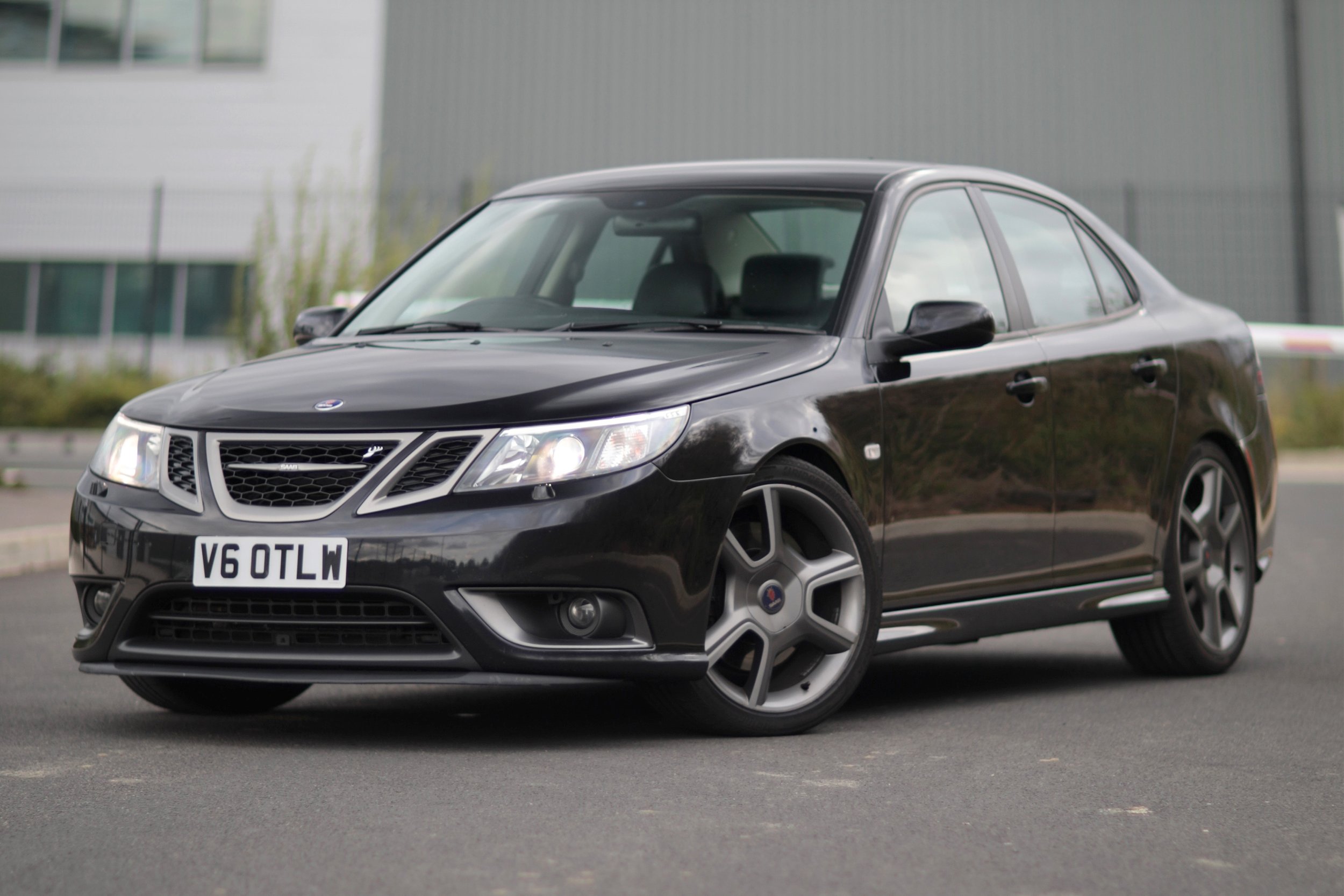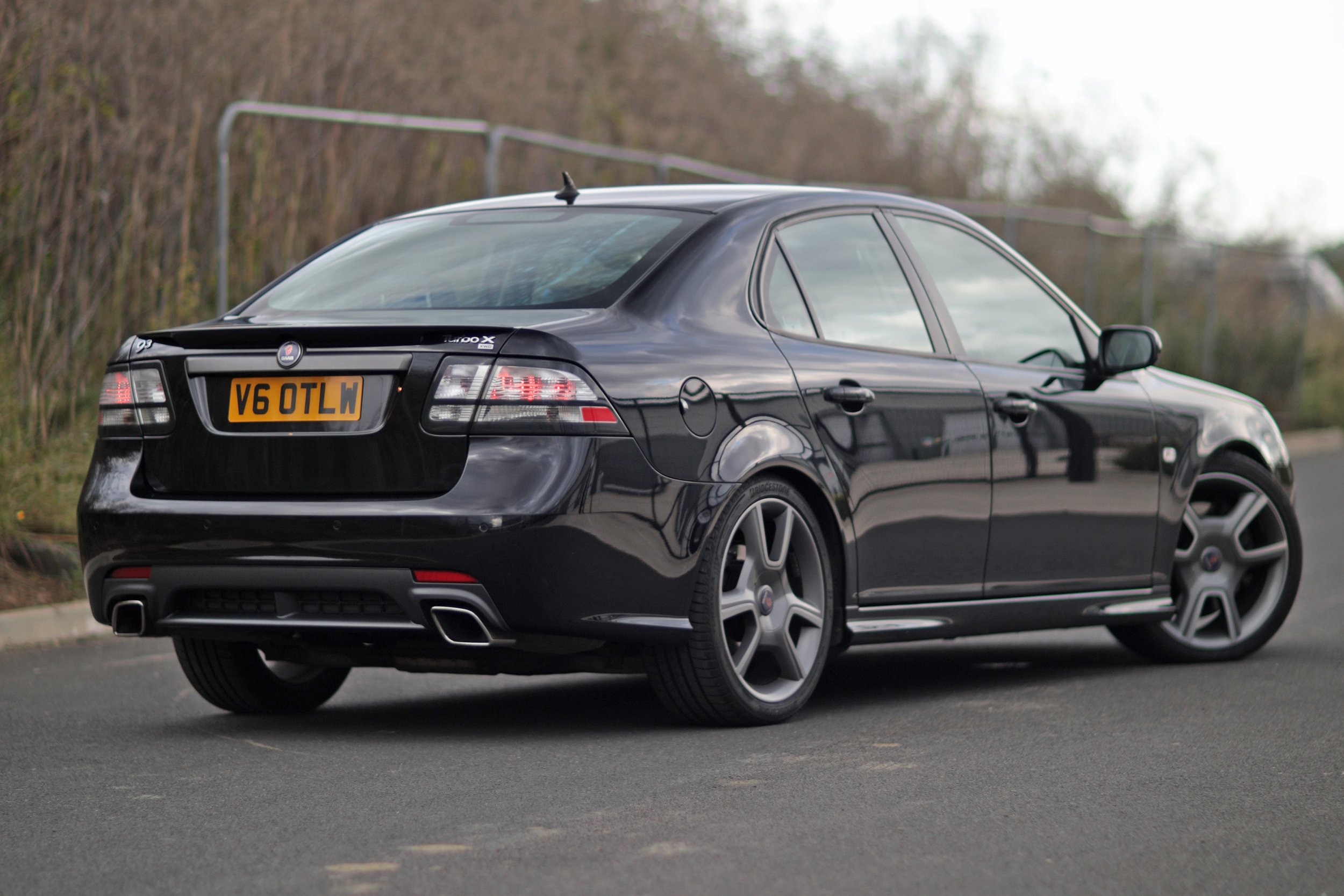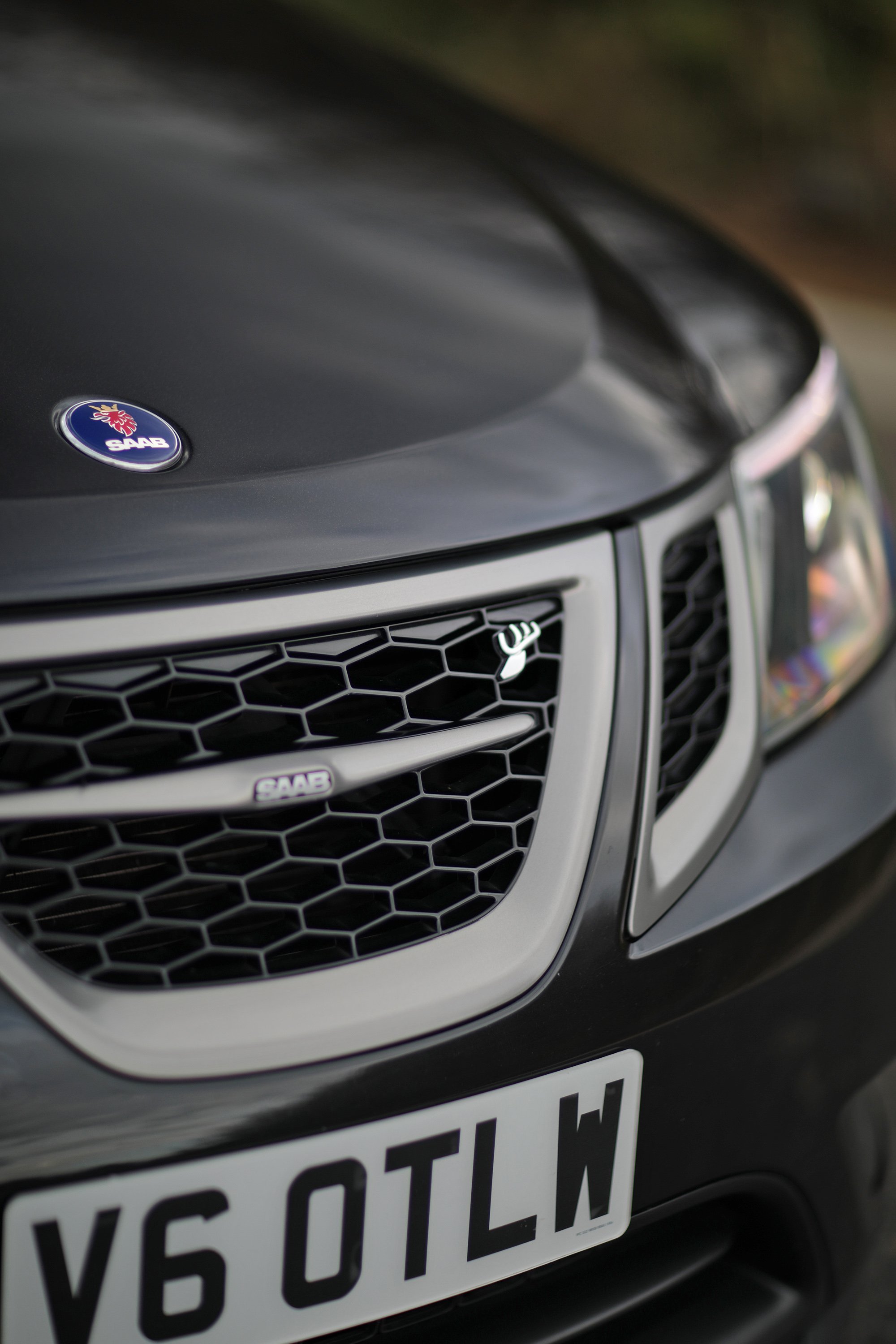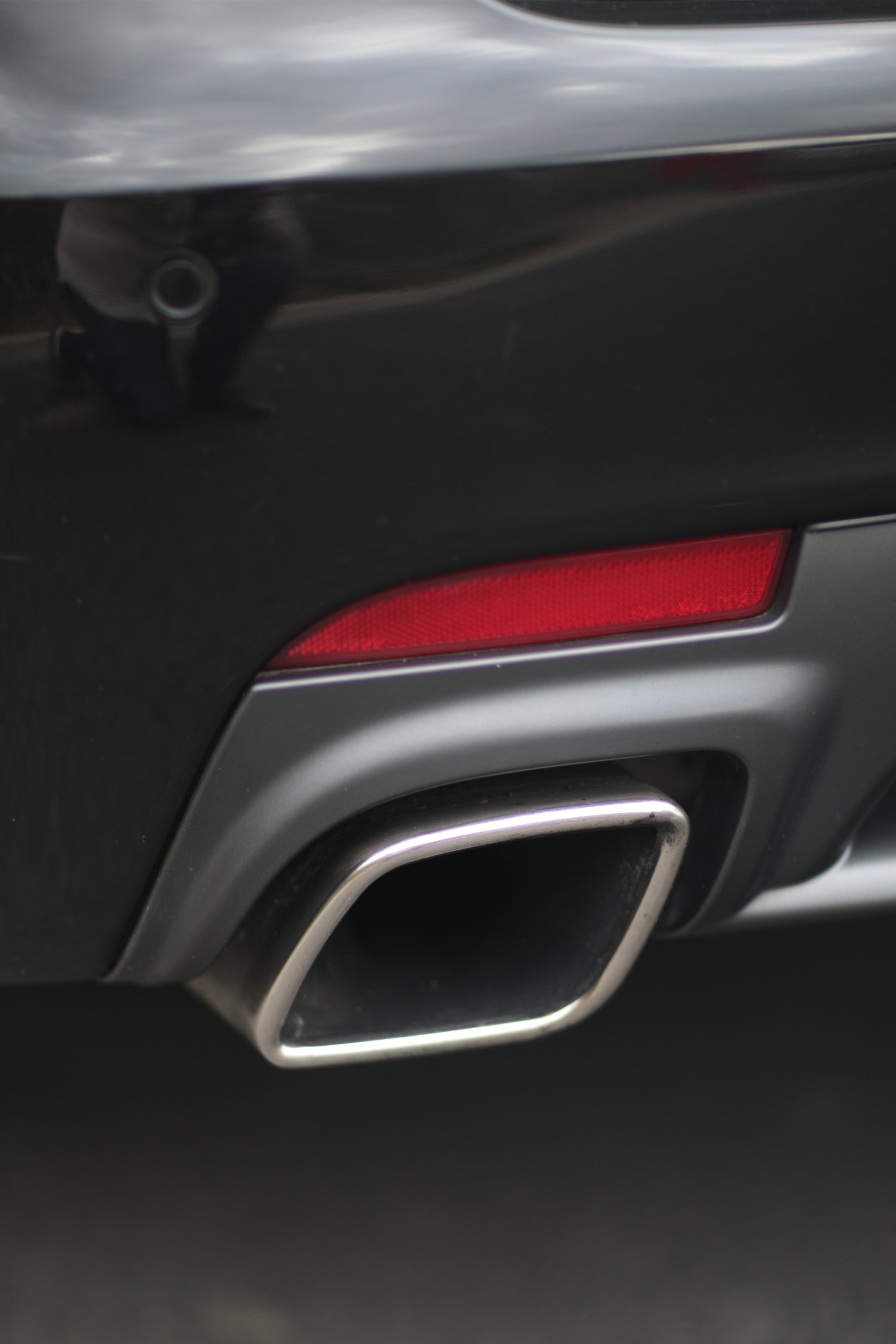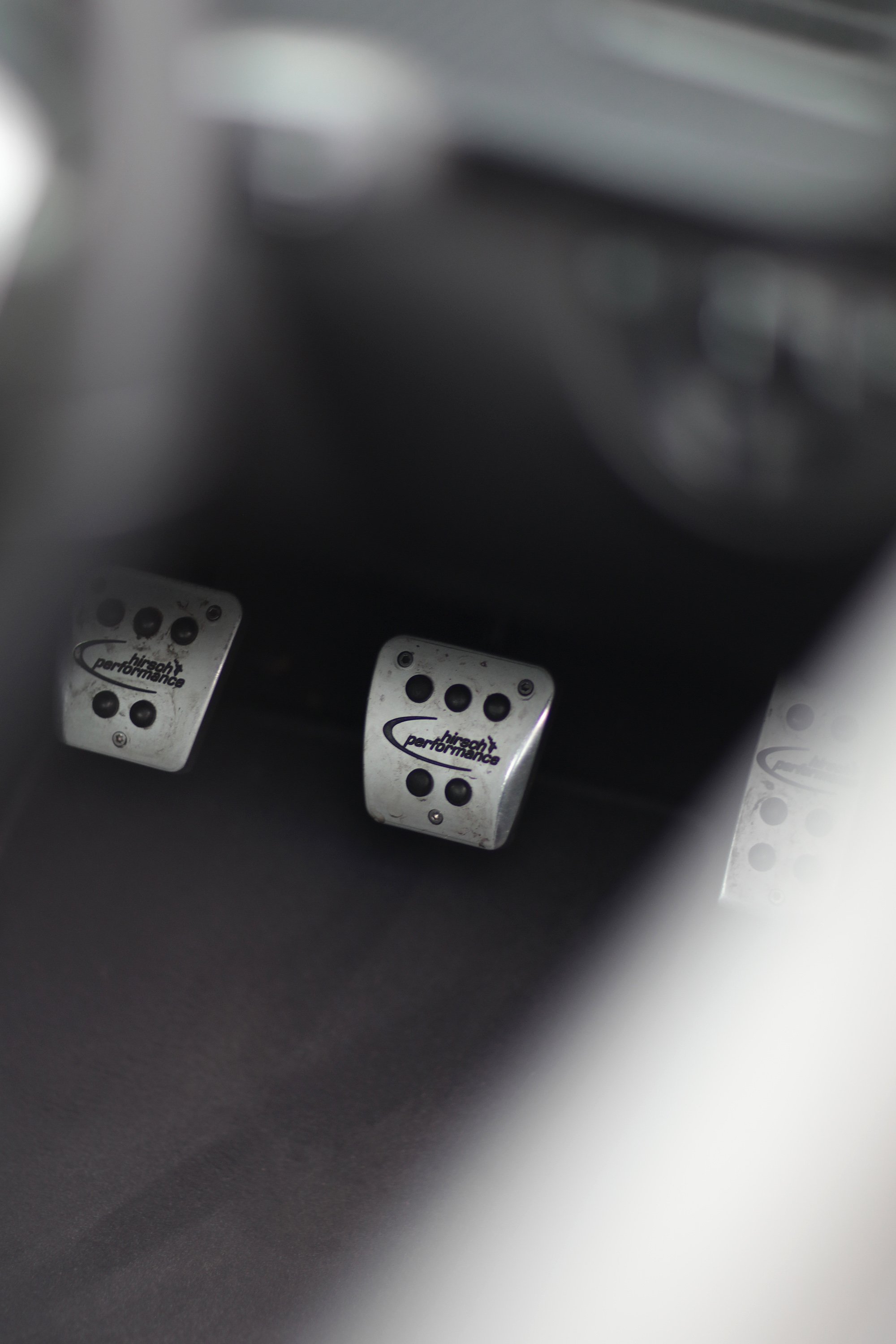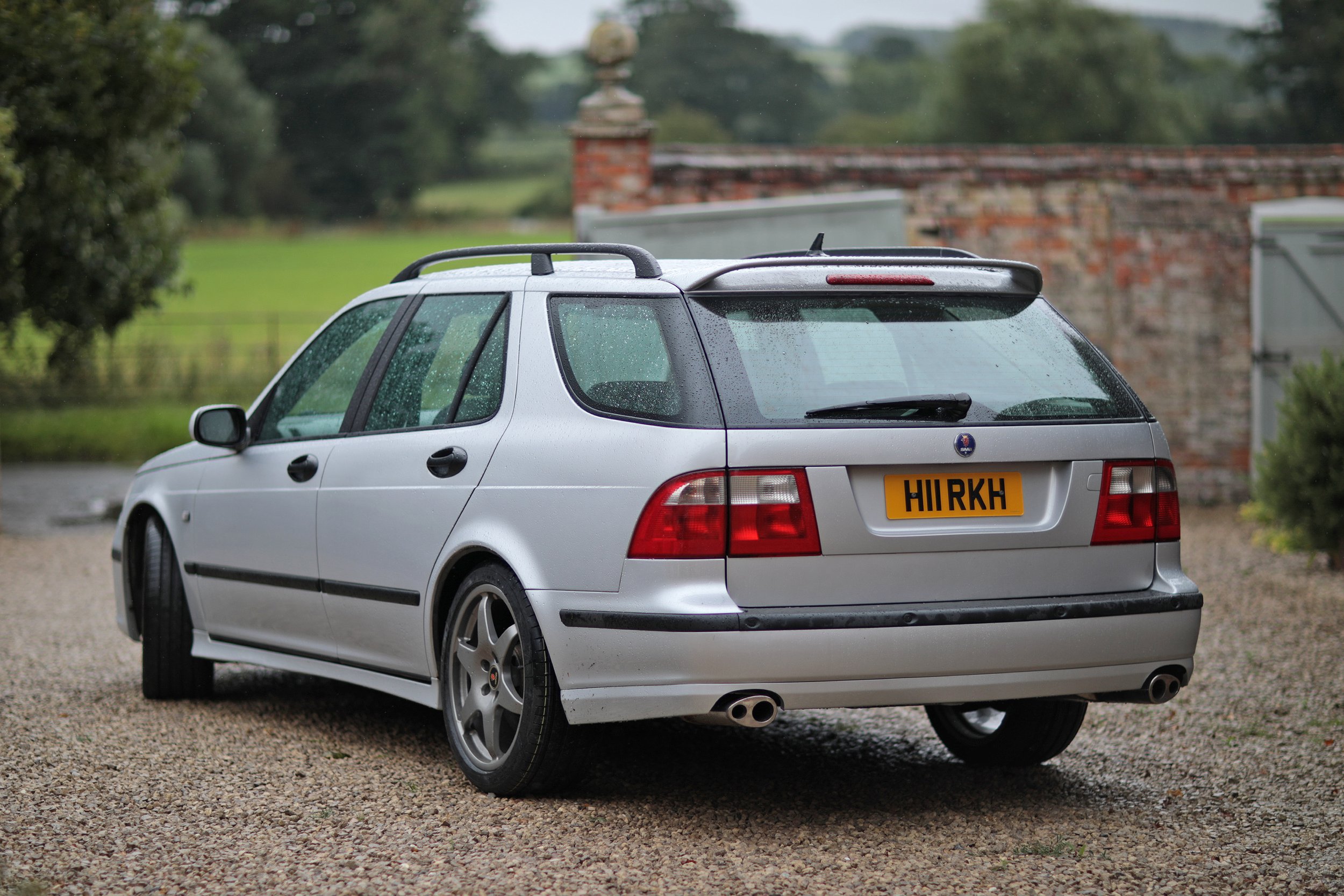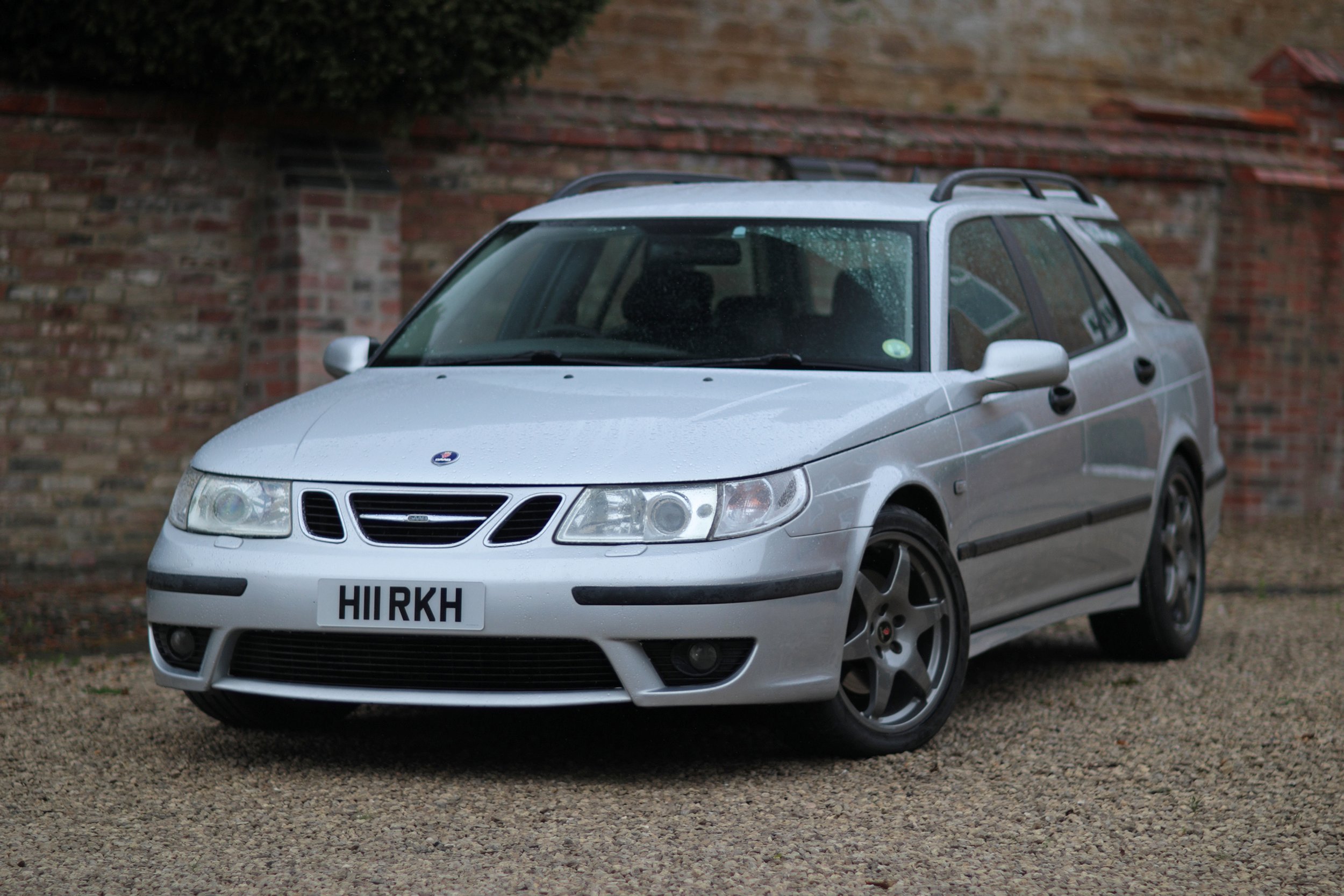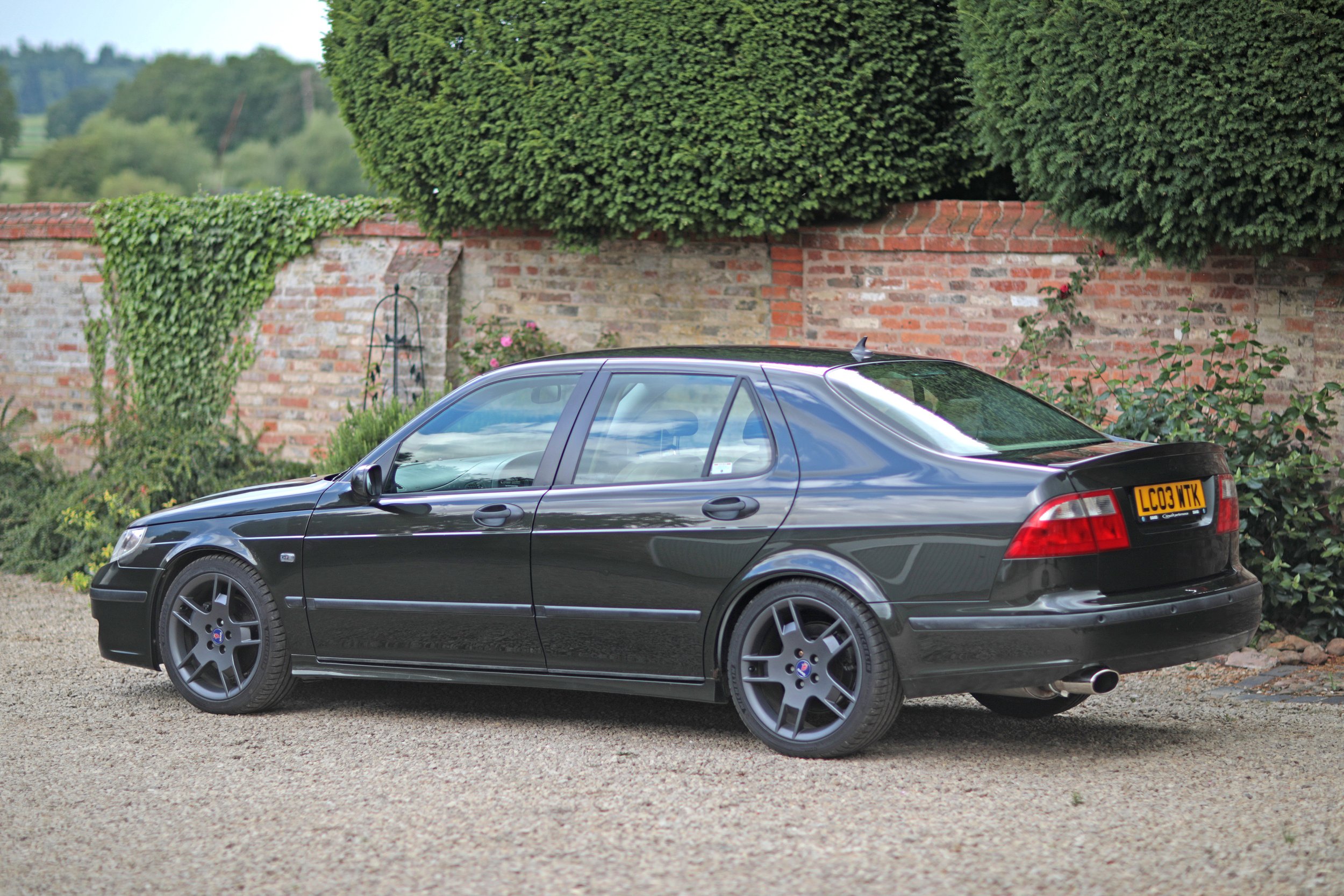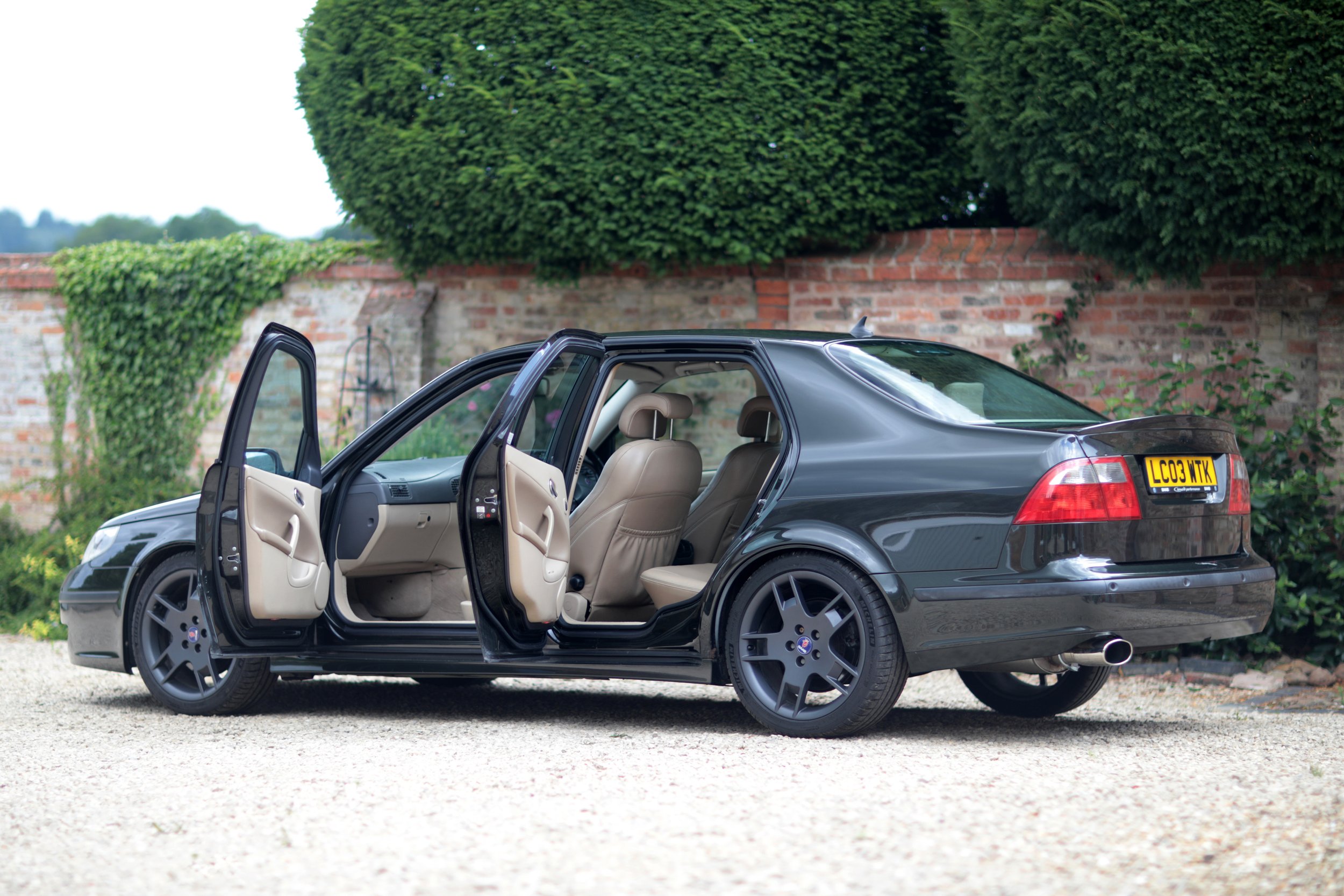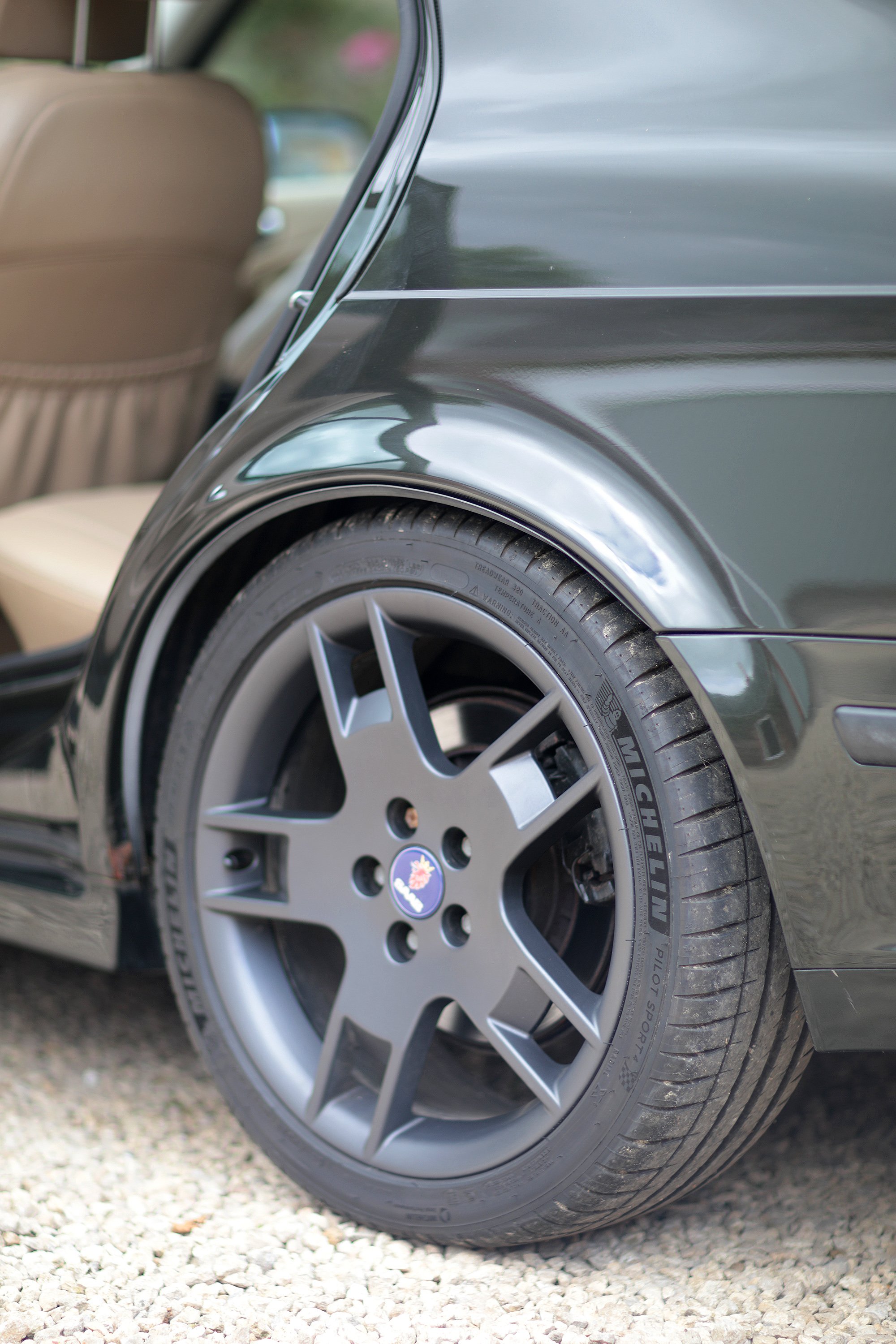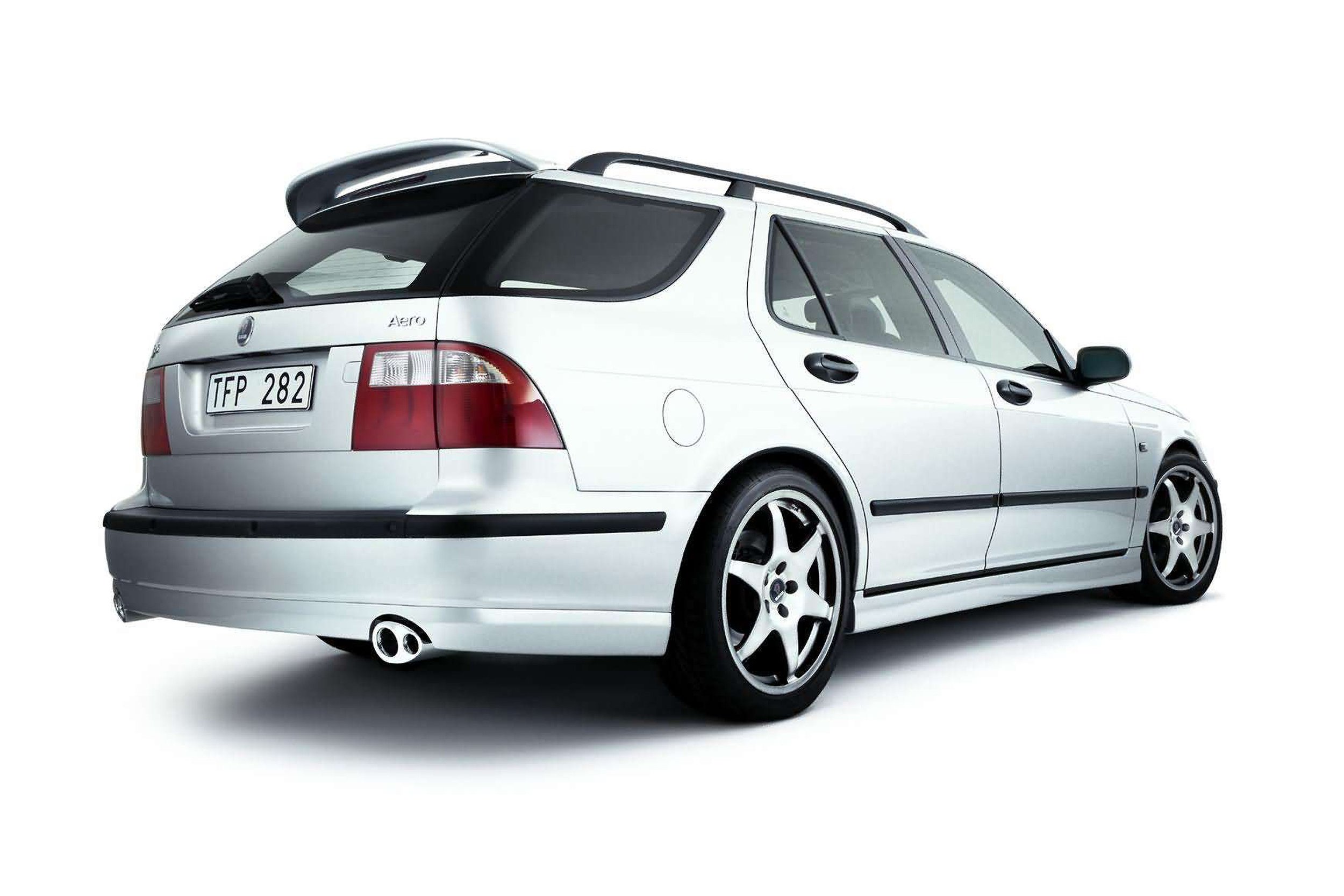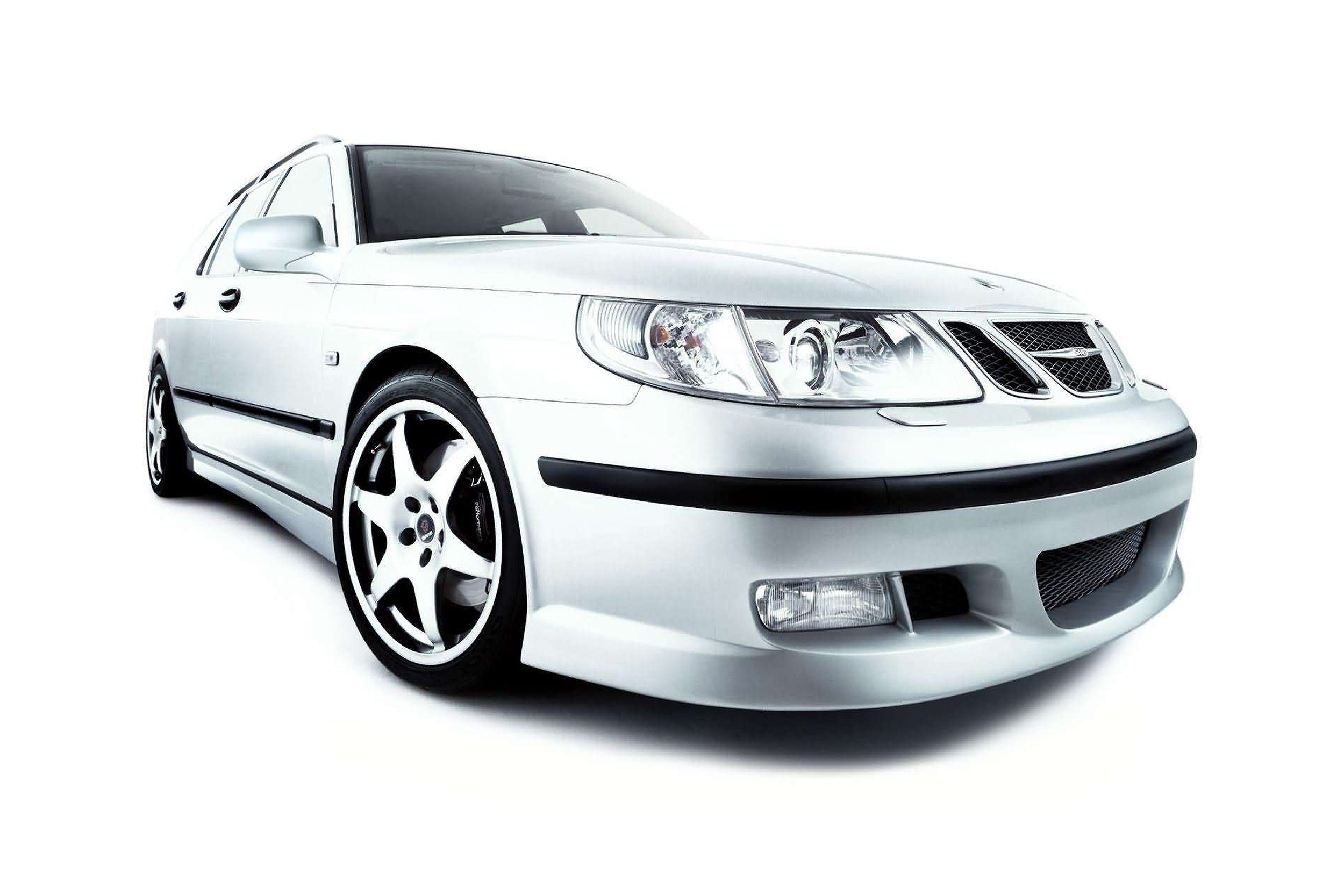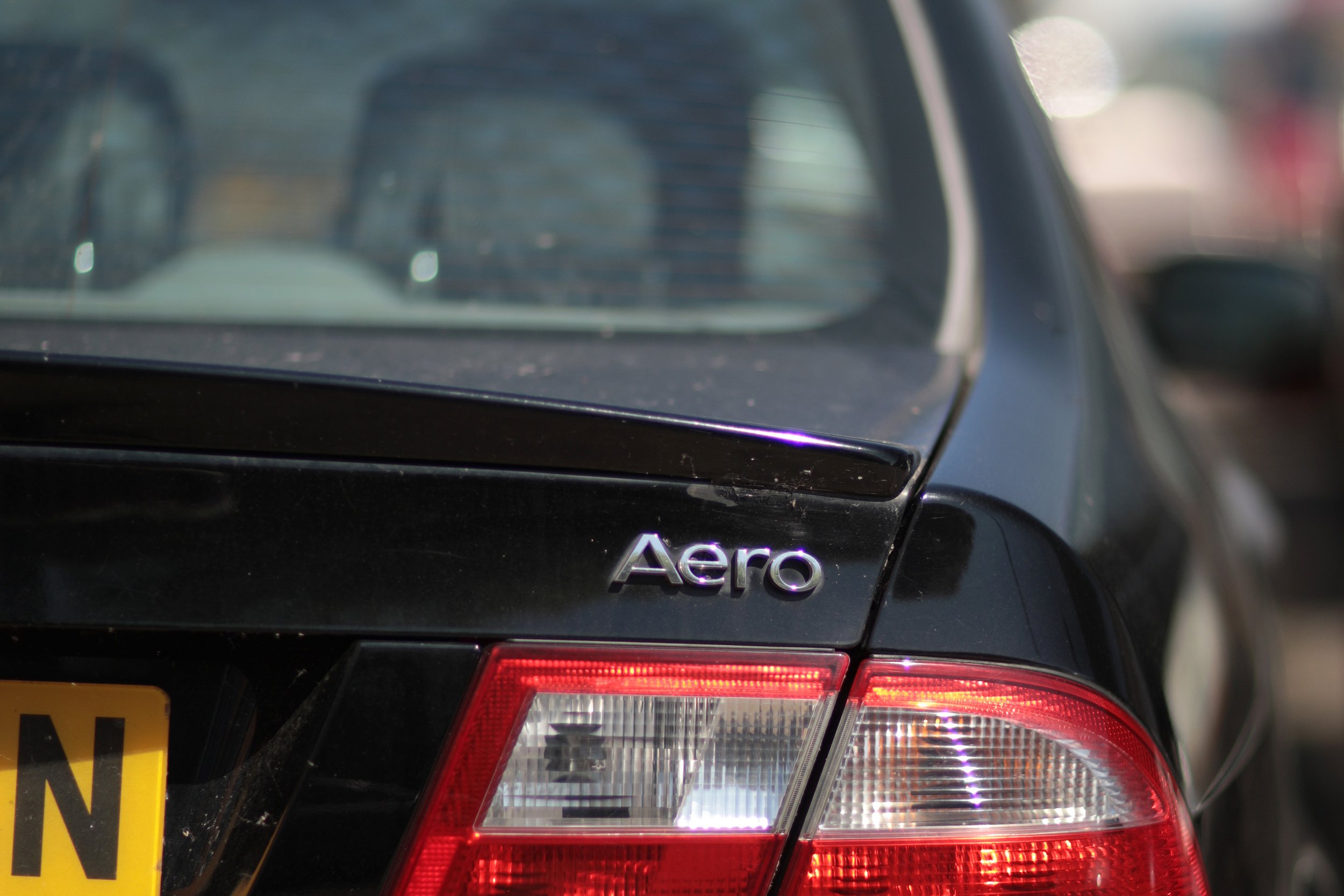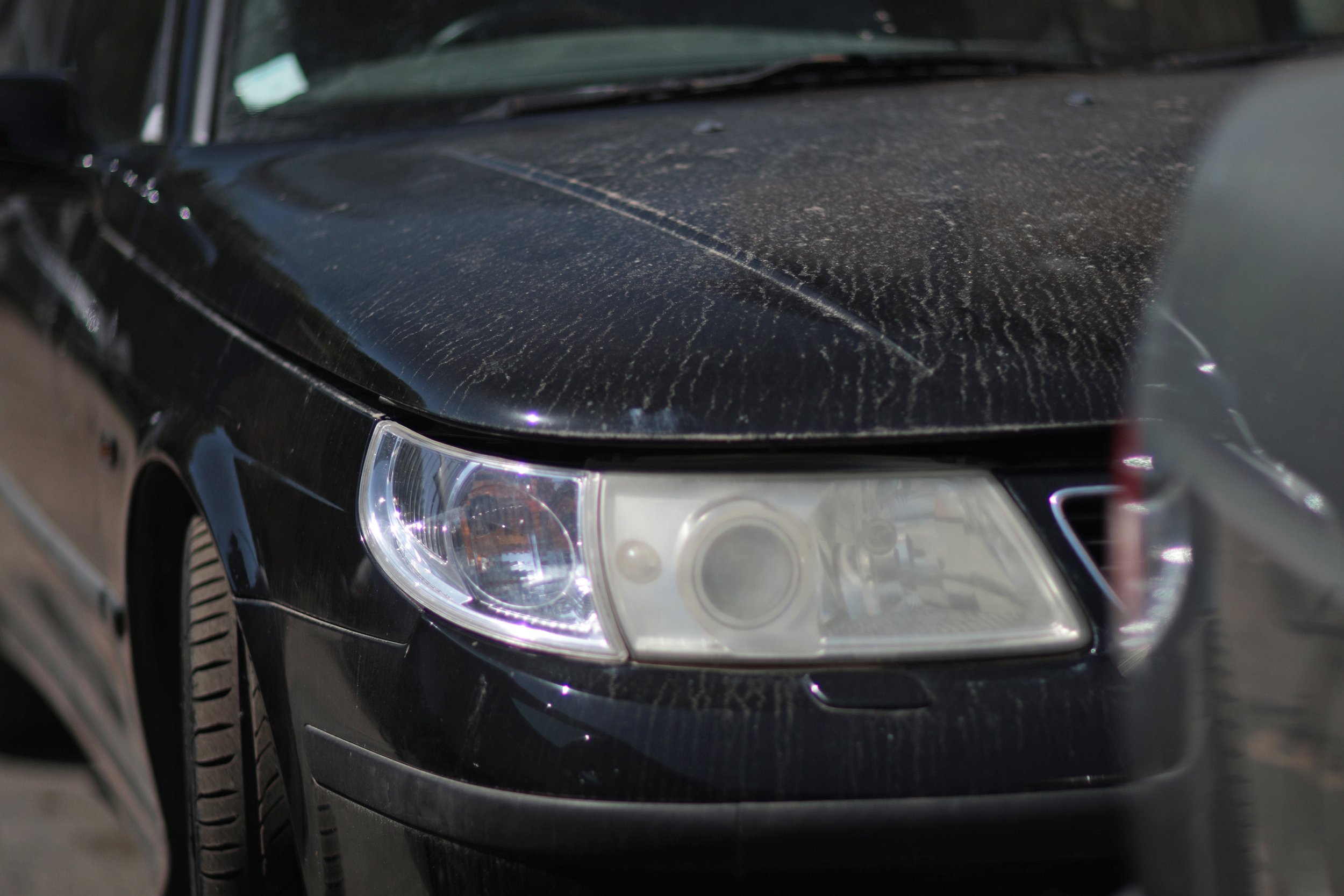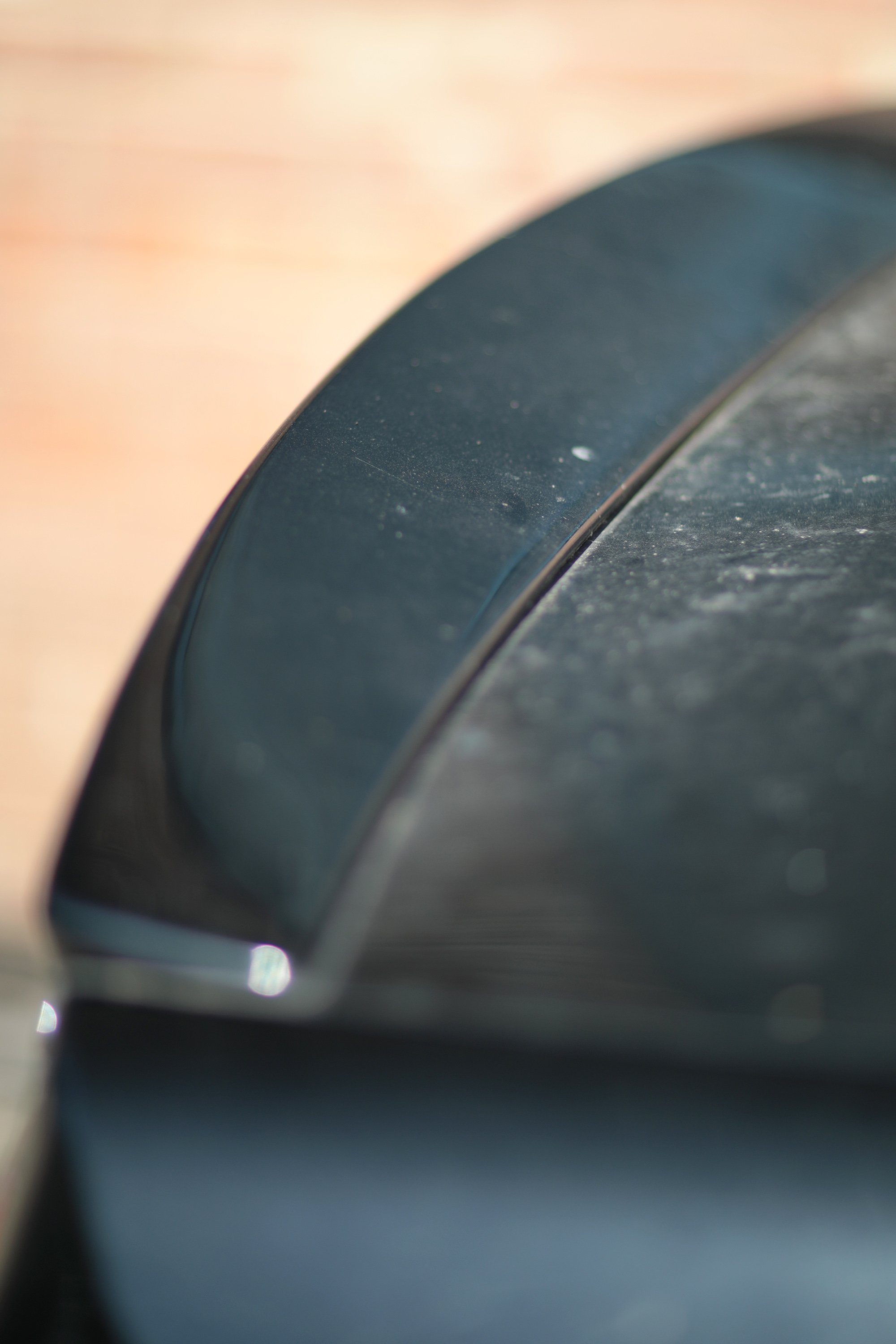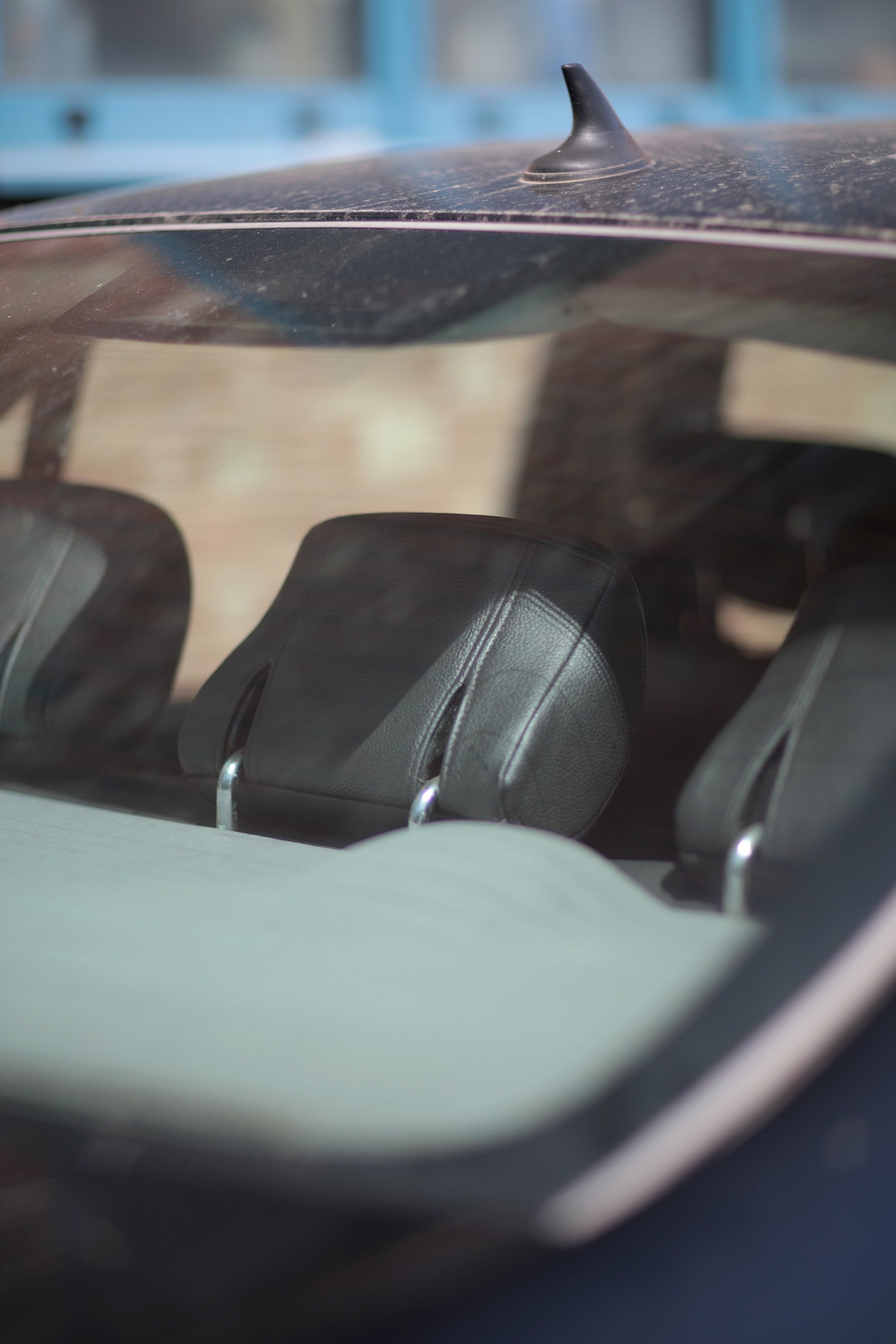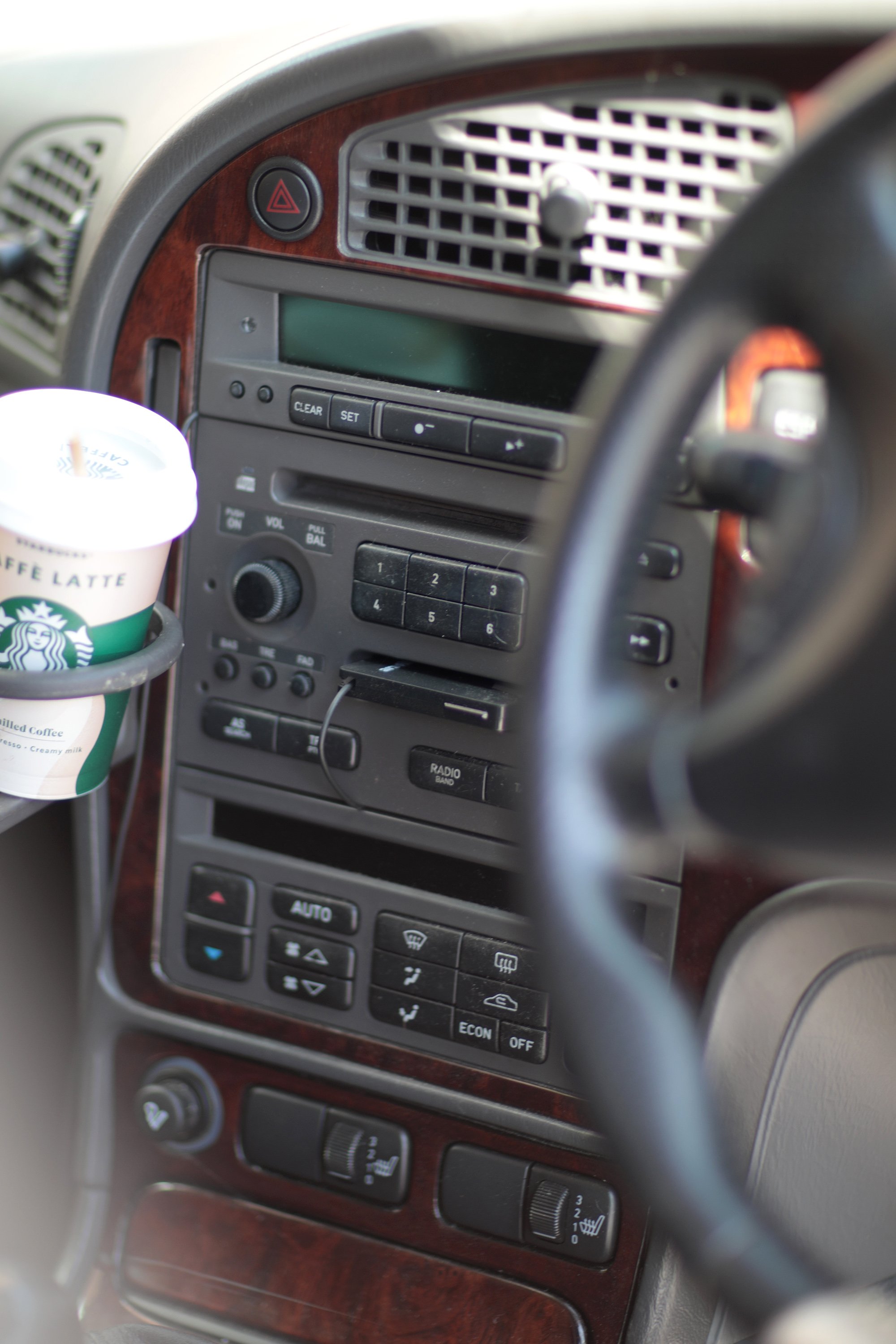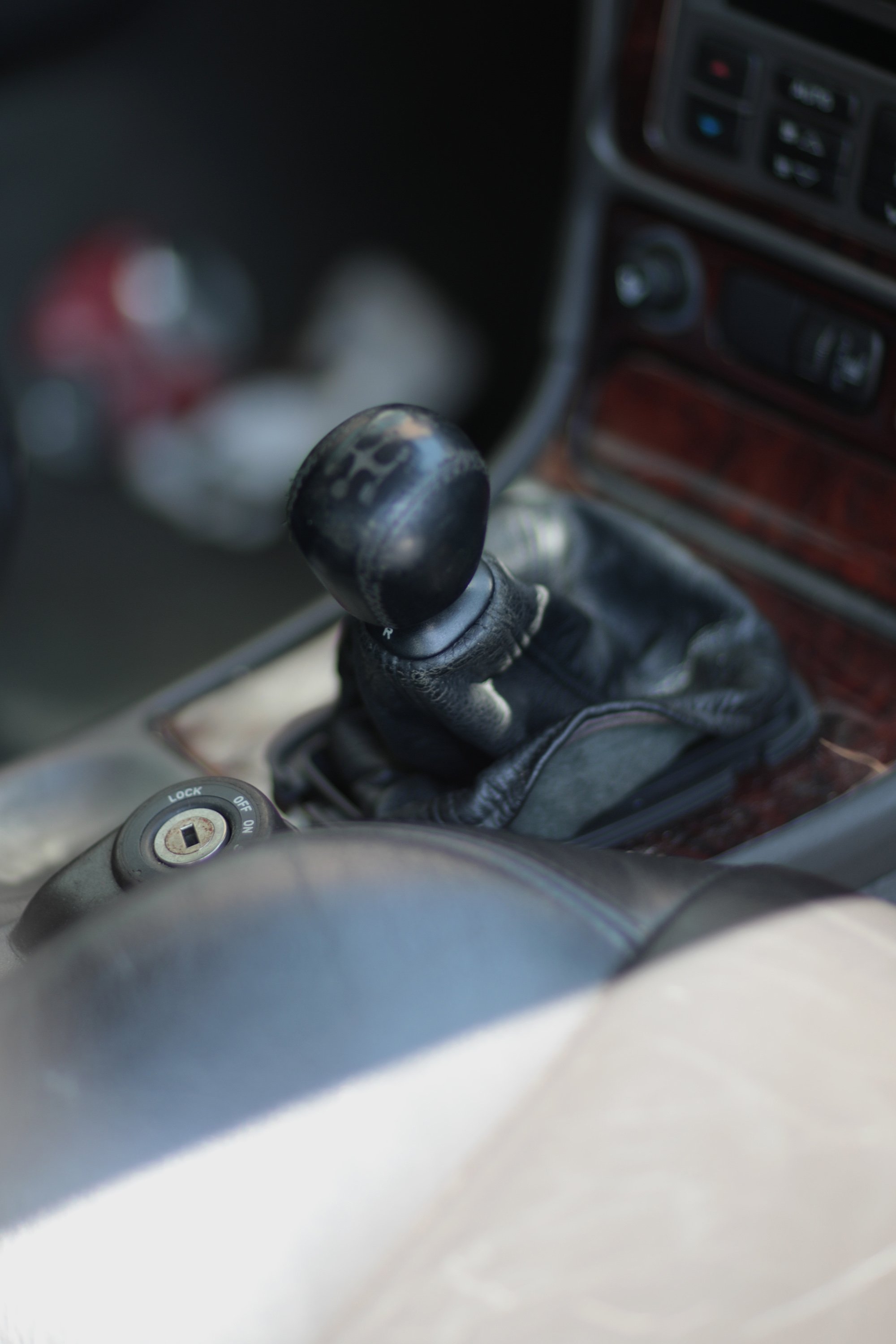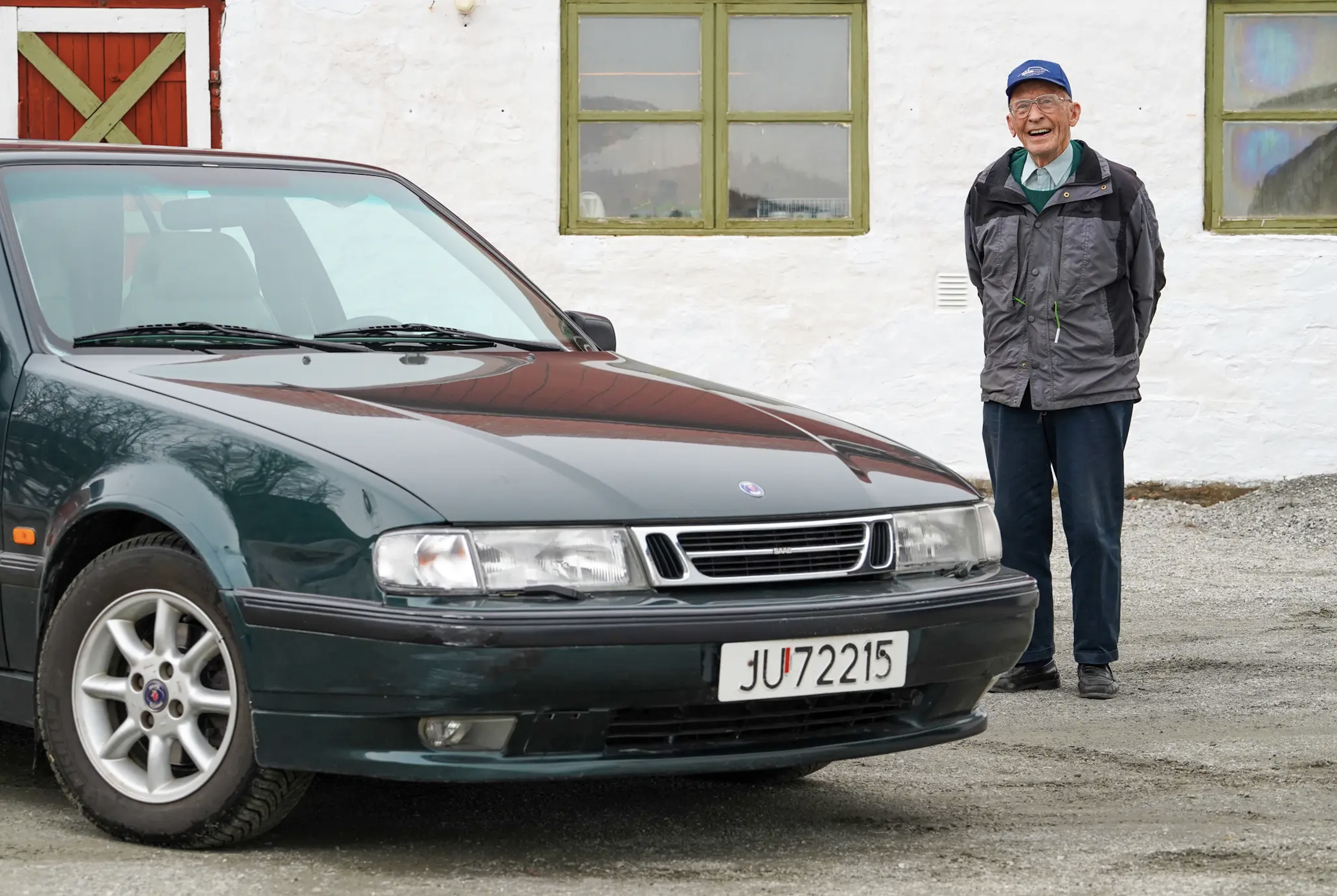Some might say the products you’ve worked on aren’t of the same minimalist approach that works for Saab. Do you think there’s a tension between your Italian sports car past and Saab’s future?
No I don’t think so because my design philosophy is honesty toward the object. Something has to be honest to what it is, and what I really don’t like about a lot of modern design is that people try to force things onto a car — a character, a personality, a style — that doesn’t suit the car. When you’re doing a 900-horsepower supercar, there’s a reason why it looks the way it does, just as when you’re doing a Saab there’s a reason it looks the way it does. Or there should be.
I loathe this idea that 100-hp city cars have more aggressive faces than 400-hp sports cars. What is that? It doesn’t make any sense and we’ve lost, I don’t know what, it’s just a big caricature, and there needs to be more appropriateness and honesty in the approach to the object. I think the viewer responds to that because while they might not fully understand the cohesiveness of an object, they can sense it and they get it.
They talk about the golden rule; when you look at the Parthenon you know it’s right and you don’t know why it’s right. Scholars will tell you it’s not really rectangular it’s actually bowed because the human eye tricks it, and the Greeks knew to do that, which is pretty amazing. Car design is no different because if you look at things I’ve worked on like the [Maserati] Birdcage which is actually minimalist [compared] to things like the [Bertone] Mantide, which is very complex, but that’s the challenge. I wanted to do something complex but totally function-driven.
That’s a supercar with a 0.29 drag coefficient, and there are no [other] supercars with 0.29 drag, not even close. So there are different assignments for every car, and with Saab we of course want a very minimalist design, and we want something with a strong volume, a particular proportion, some quirkiness and something a bit askew or different that makes people take notice.
With the Spyker connection, do you hope do get involved in design over there?
I’m not yet, and I don’t know if I will be. I know Spyker is doing very well and it’s kind of an island unto itself. I’d love to — that goes without saying — and let’s say it’s definitely in my wheelhouse to do a sports car such as that. Who knows, maybe it’ll just be a one-off for a client or maybe Victor will ask me to pen something. Either way, I’m game. Of course.
Do you have any toys?
I do, I have a Maserati Gran Turismo S.
What about older stuff?
I love them, but I don’t current have any older cars. I’d love to when I have more time to spend with them, because older cars are less about actually owning them and more about the experience because they’re so different. You really need to keep up on them; it’s like having race cars, which I’ve had before. If you can’t stay after them and actually use them, it’s just a crime. It’s a tragedy, and if you’re really in love with it you’d prefer to sell it and put it in the hands of someone who can actually use it. I just sold one of my cars because it was sitting in Italy not being used and it’s a travesty. It breaks your heart because it’s a race horse and it’s supposed to be out there being used. An older car is the same way, and as much as I know and respect old collectionists, that’s been a big perk of the job.
It breaks my heart seeing cars sitting in museums. I don’t think they should, and they shouldn’t be restored beyond recognition. They should be used and have a life and, I mean, everyone has a different take. They’re art and some people are afraid to use and ruin art. The car has a soul, and if you let it sit there being pampered and brushed with a diaper it’s not really fulfilling its life purpose, and that’s sad.
When you look at Saab’s competition, do you have one car that you think is really well done?
Well, our sights are firmly set on Audi and they’ve done an amazing job. BMW has done a great job too, and I have a BMW. I love them, they’re great cars. It’s not quite the same marketplace because they are primarily rear-wheel drive; they’re going for a sportier buyer that’s willing to sacrifice some space and utility for that sportiness.
That’s not the Saab buyer; they want a bit of it all — the sport, the utility, the safety — and Audi has really done a good job of taking that space. That was Saab’s space, especially here in the States and here in the Northeast. This was Saab’s number one market in the world. In the world — period. Growing up here, I grew up in a Saab family and all the intelligent people, the doctors and lawyers and architects, they all had Saab 900s. The turbo Cabrio was the ‘it’ car, as was the SPG. Those were the cars to have.
Audi, at that time, was nowhere, and even beyond nowhere with the alleged unintended acceleration problem, much like Toyota now. So you had a situation where Audi had to completely rebuild its image and how did they do it? With great product. They spent what they needed to spend and created image cars like the TT, which again, making that sporty car shifts perspective. It doesn’t matter than the rest of the lineup had nothing to do with the TT at the time. It creates an image and brings cachet to the brand. Then they created the A5 and the R8, and again, these are cars that have no illusions of selling bucket loads, they just have to sell enough. The important part is that they’re out there extending the brand, creating a premium essence to the brand.
The A5 has done an amazing trick as a car that’s priced against the 3-series coupe, but yet it has the road presence of a Bentley Continental. It seems like a big, heavy-set car with a lot of power and a lot of allure. I love the 3-series coupe and it’s one of the most beautiful mass-production cars on the road for sure, and I’d personally prefer that, but I understand the allure of the A5. It’s a beautiful car.
So you know, Audi’s the direct competitor and that’s really an uphill battle because that’s an amazing company. But again, we’re not trying to take a million sales from Audi. We’re trying to take back our core clientele and maybe some people who would have considered Audi or BMW being default choices for them saying, “wow, this new Saab is something.” My mother currently has an A6, and I’m getting her into a 9-5. It’s an amazing car.
You talk about getting your core clientele back and, being a New Yorker yourself, is it a personal goal to get Jerry Seinfeld back into a Saab convertible?
I’d love to get Jerry back into a Saab. That would be great and I think we can do it. I think I’ll probably get wheeled out to a lot of events out here so we’ll see. It’s a benefit obviously and I come from this area, I know the brand and I know the heritage and the clientele. It’s definitely in my favor and in Saab’s favor. Best of all, we’re having fun.
Don’t get me wrong, car design is always fun; we lose sight because there’s a lot of yelling and screaming and diva-ness in car design. I’ll be the first to admit that. We’re trying to force art into an industrialized product, and it is not easy.
People are quick to criticize cars and they don’t understand how a car designer suffers to get a car to that point. That’s why, for whatever I think about the new 9-5, and I do quite like it in all sincerity, I wouldn’t be critical anyway because I have no idea what the conditions were when they designed the car. It’s not just about drawing a pretty picture on a piece of paper and somehow that gets built. The process is so involved and there’s politics, bureaucracy, cost problems, feasibility problems, time problems, so many problems. There are too many cooks in the kitchen, all that. When I hear young [design] students walking around auto shows saying something is crap, I always tell them they have no idea what they would have done, because they weren’t there when it was done. It’s very easy to be an armchair Olympian, it’s much harder to actually do it.















